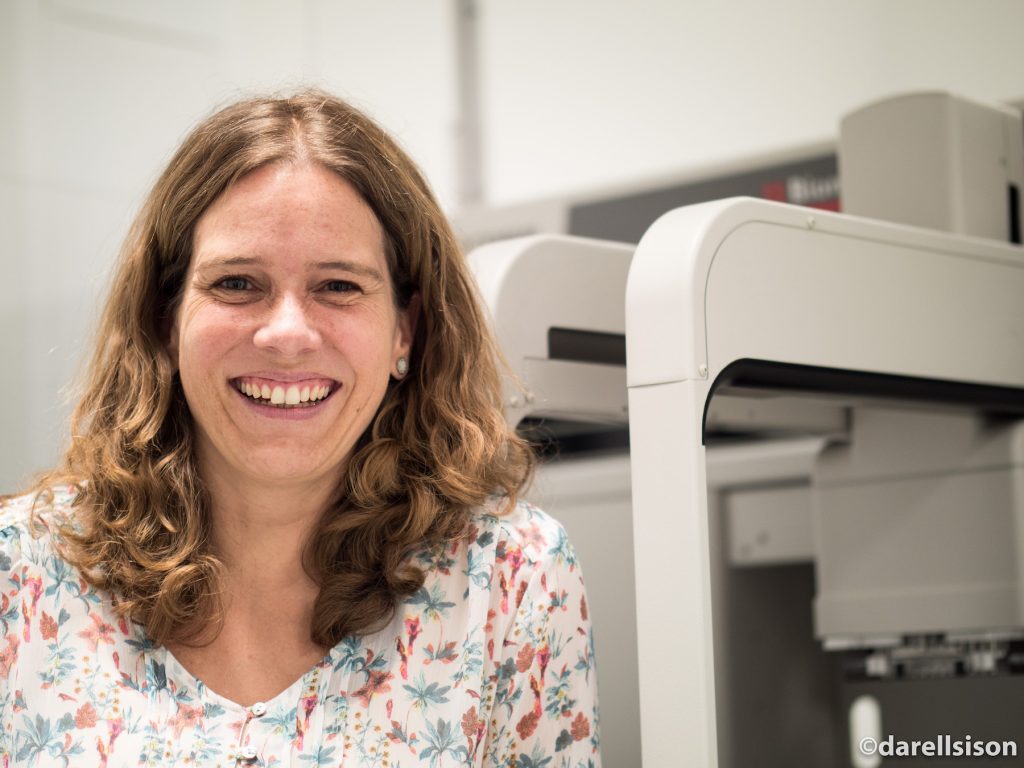Smallholder wheat production can cut Africa’s costly grain imports
International scientists are working with regional and national partners in sub-Saharan Africa to catalyze local wheat farming and help meet the rapidly rising regional demand for this crop.
The specialists are focusing on smallholder farmers in Rwanda and Zambia, offering them technical and institutional support, better links to markets, and the sharing of successful practices across regions and borders, as part of the project “Enhancing smallholder wheat productivity through sustainable intensification of wheat-based farming systems in Rwanda and Zambia.”
“Work started in 2016 and has included varietal selection, seed multiplication, and sharing of high-yielding, locally adapted, disease-resistant wheat varieties,” said Moti Jaleta, a socioeconomist at the International Maize and Wheat Improvement Center (CIMMYT) who leads the project. “Our knowledge and successes in smallholder wheat production and marketing will also be applicable in Madagascar, Mozambique, and Tanzania.”
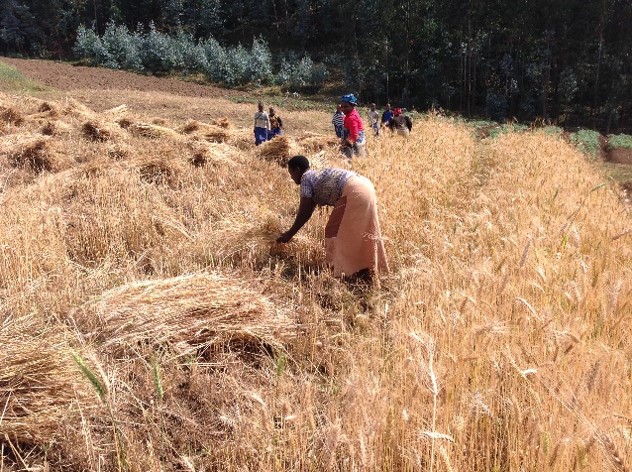
Maize is by far the number-one food crop in sub-Saharan Africa but wheat consumption is increasing fast, driven in part by rapid urbanization and life-style changes. The region annually imports more than 15 million tons of wheat grain, worth some US$ 3.6 billion at current prices. Only Ethiopia, Kenya, and South Africa grow significant amounts of wheat and they are still net importers of the grain.
“Growing more wheat where it makes sense to do so can help safeguard food security for people who prefer wheat and reduce dependence on risky wheat grain markets,” Jaleta explained. “We’re working in areas where there’s biophysical potential for the crop in rain-fed farming, to increase domestic wheat production and productivity through use of improved varieties and cropping practices.”
In addition to the above, participants are supporting the region’s wheat production in diverse ways:
- Recommendations to fine-tune smallholder wheat value chains and better serve diverse farmers.
- Testing of yield-enhancing farming practices, such as bed-and-furrow systems that facilitate efficient sowing and better weed control.
- Testing and promotion of small-scale mechanization, such as power tillers, to save labor and improve sowing and crop establishment.
- Exploring use of hand-held light sensors to precisely calibrate nitrogen fertilizer dosages throughout the cropping season.
Innocent Habarurema, wheat breeder in the Rwanda Agriculture and Animal Resources Development Board (RAB), cited recent successes in the release of improved, disease resistant wheat varieties, as well as engaging smallholder farmers in seed multiplication and marketing to improve their access to quality seed of those varieties.
“The main challenge in wheat production is the short window of time between wheat seasons, which doesn’t allow complete drying of harvested plants for proper threshing,” Habarurema explained. “Suitable machinery to dry and thresh the wheat would remove the drudgery of hand threshing and improve the quality of the grain, so that it fetches better prices in markets.”
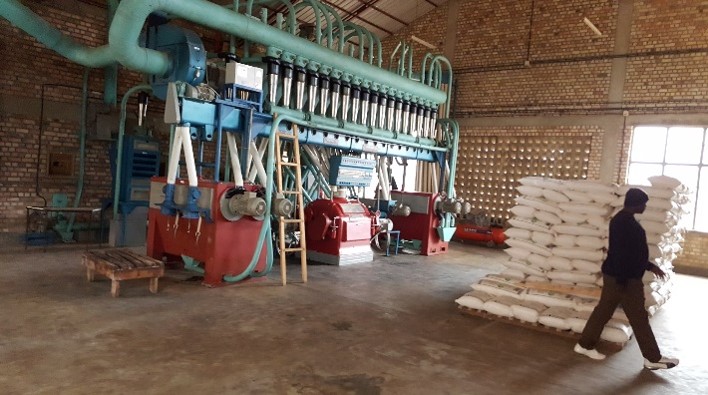
Critical wheat diseases in Zambia include spot blotch, a leaf disease caused by the fungus Cochliobolus sativus, and head blight caused by Fusarium spp., which can leave carcinogenic toxins in the grain, according to Batiseba Tembo, wheat breeder at the Zambian Agricultural Research Institute (ZARI).
“Developing and disseminating varieties resistant to these diseases is a priority in the wheat breeding program at Mt. Makulu Agricultural Research Center,” said Tembo. “We’re also promoting appropriate mechanization for smallholder farmers, to improve wheat production and reduce the enormous drudgery of preparing the soil with hand hoes.”
Participants in the project, which runs to 2020, met at Musanze, in Rwanda’s Northern Province, during February 5-7 to review progress and plan remaining activities, which include more widespread sharing of seed, improved practices, and other useful outcomes.
“There was interest in trying smallholder winter wheat production under irrigation in Zambia to reduce the disease effects normally experienced in rainfed cropping,” said Jaleta, adding that the costs and benefits of irrigation, which is rarely used in the region, need to be assessed.
Project participants may also include in selection trials wheat varieties that have been bred to contain enhanced grain levels of zinc, a key micronutrient missing in the diets of many rural Africa households.
“The project will also push for the fast-track release and seed multiplication of the best varieties, to get them into farmers’ hands as quickly as possible,” Jaleta said.
In addition to CIMMYT, RAB, and ZARI, implementing partners include the Center for Coordination of Agricultural Research and Development for Southern Africa (CCARDESA). Generous funding for the work comes from the International Fund for Agricultural Development (IFAD) and the CGIAR Research Program on Wheat.
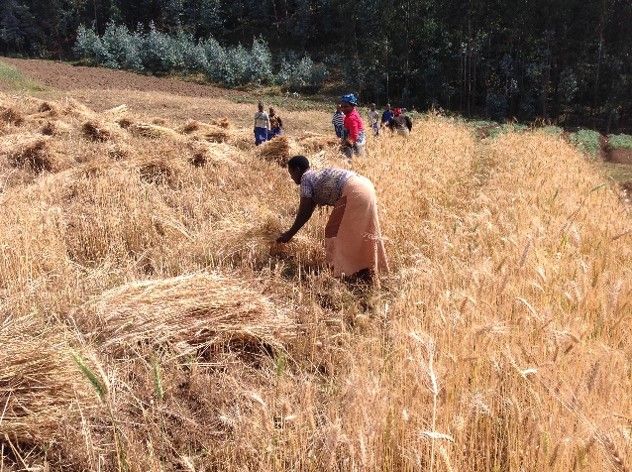
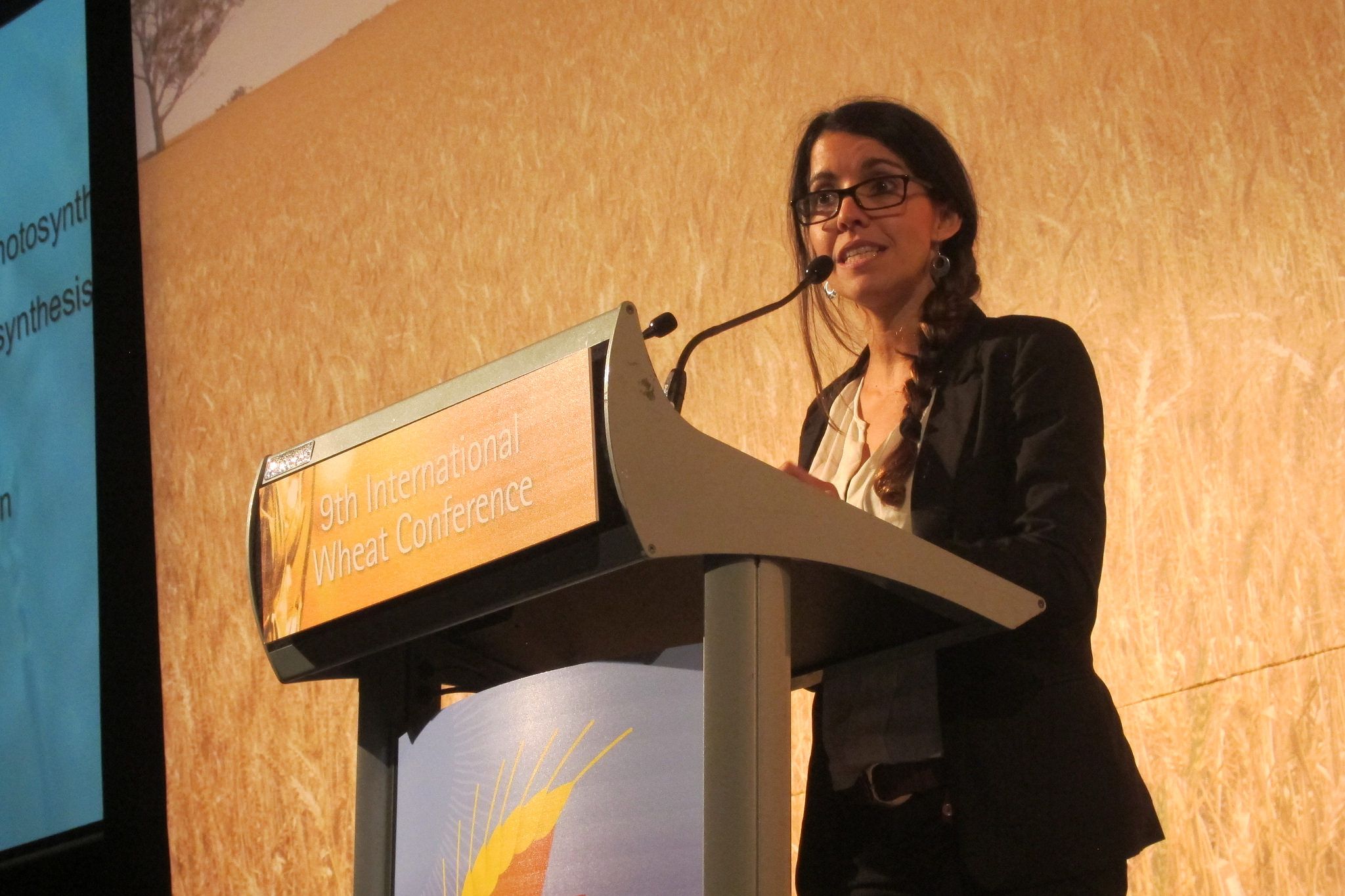
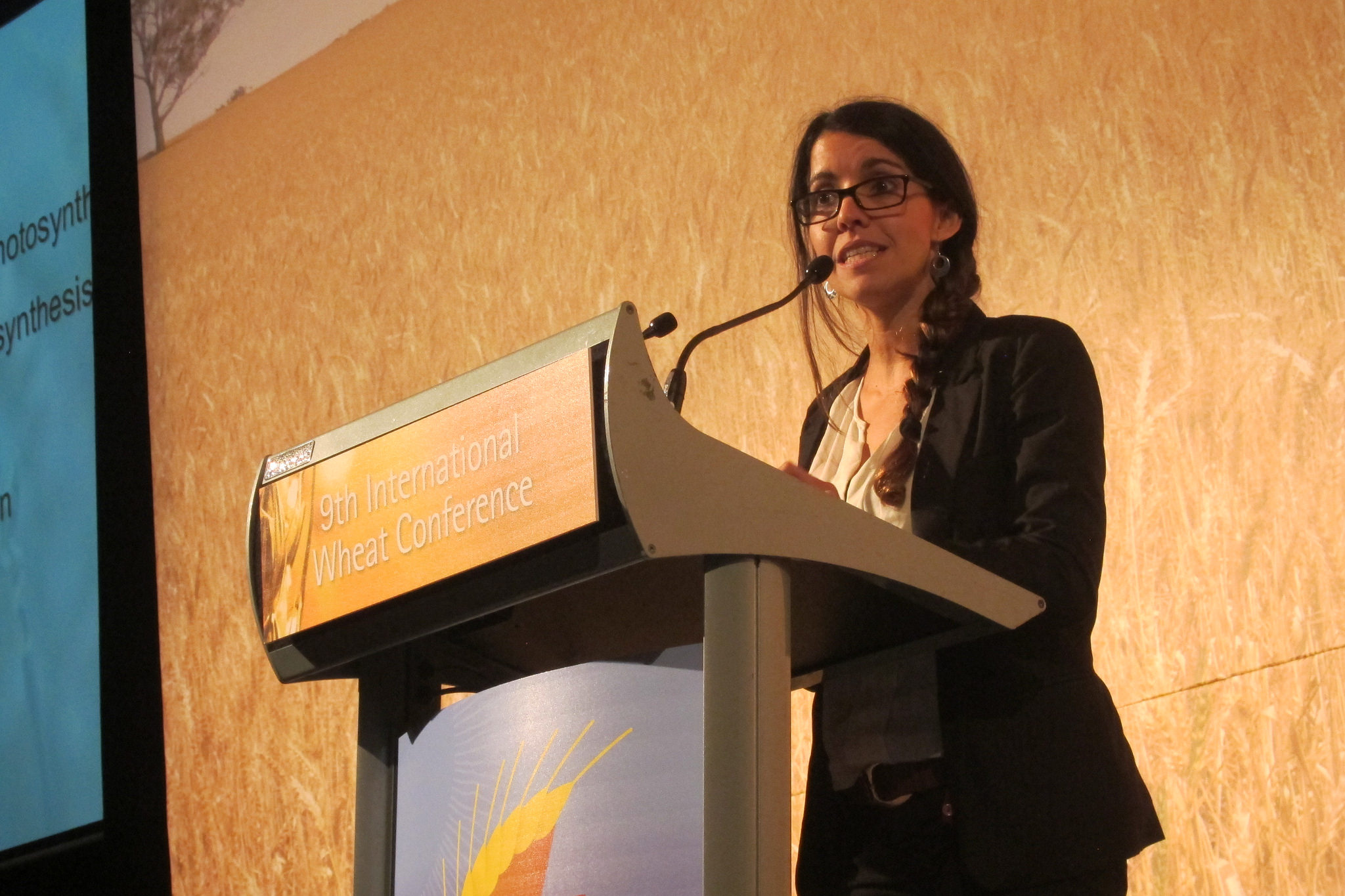
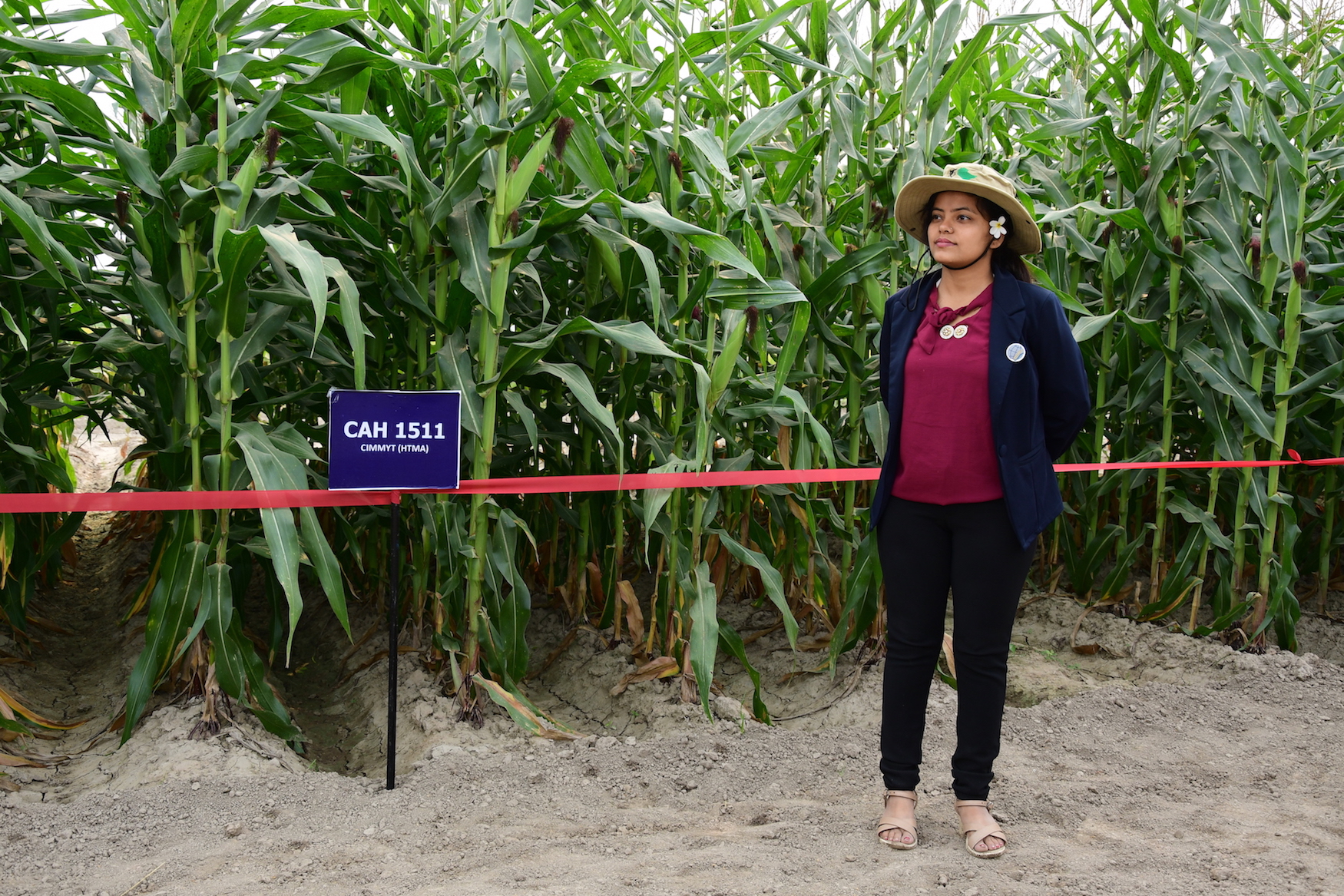
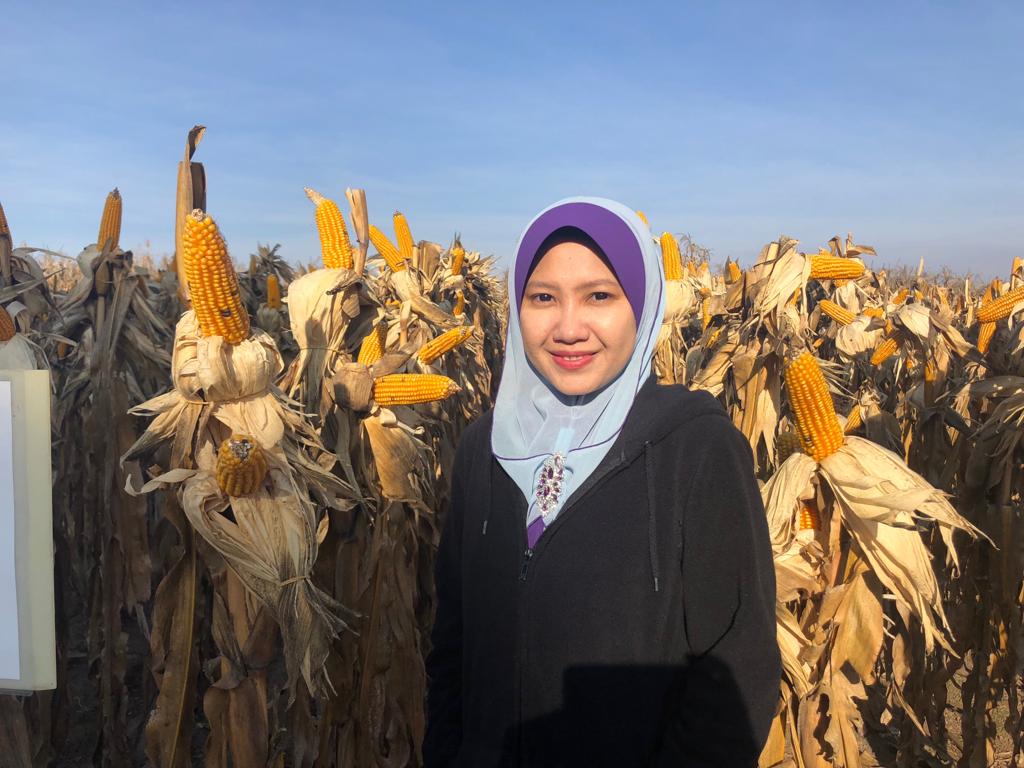
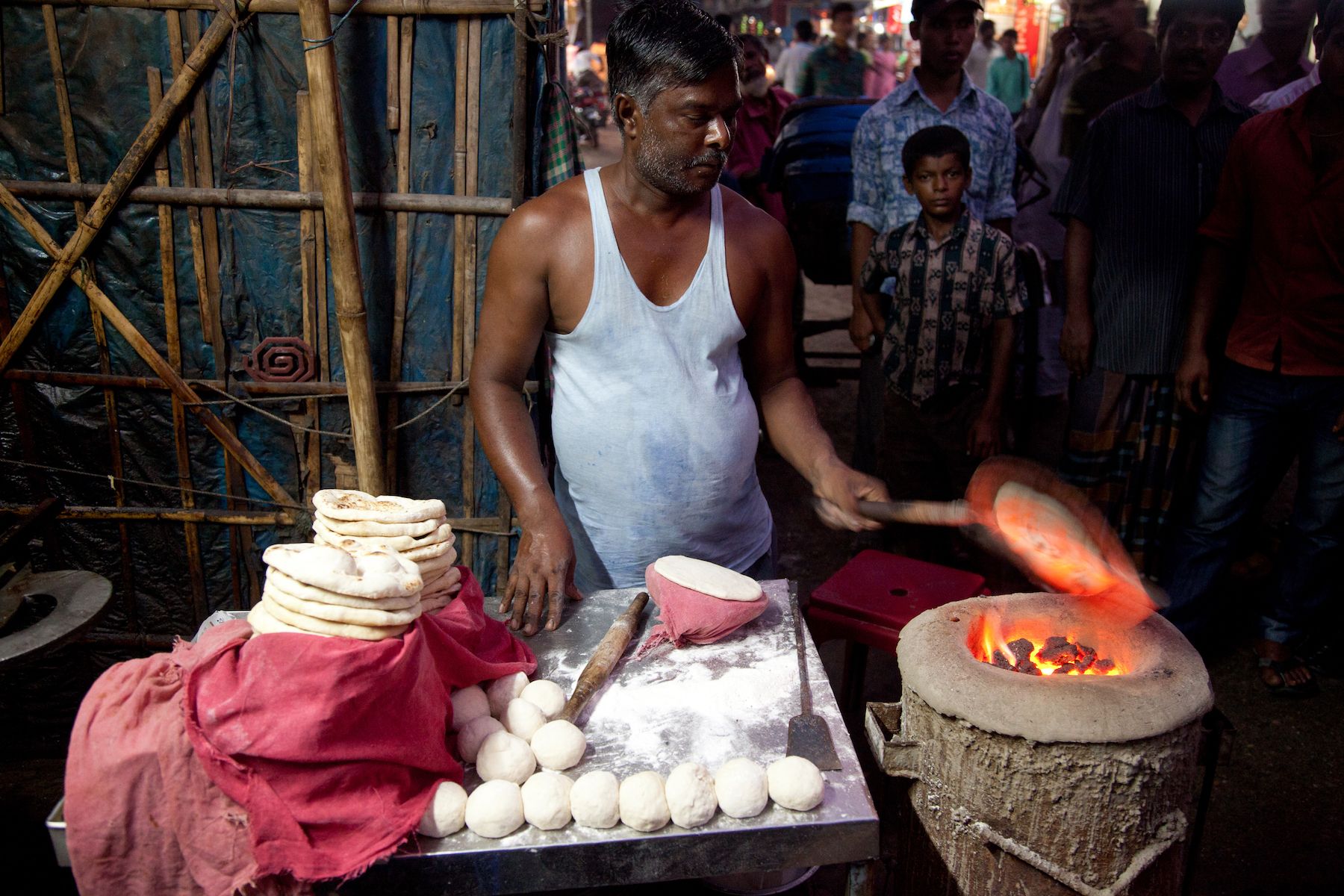
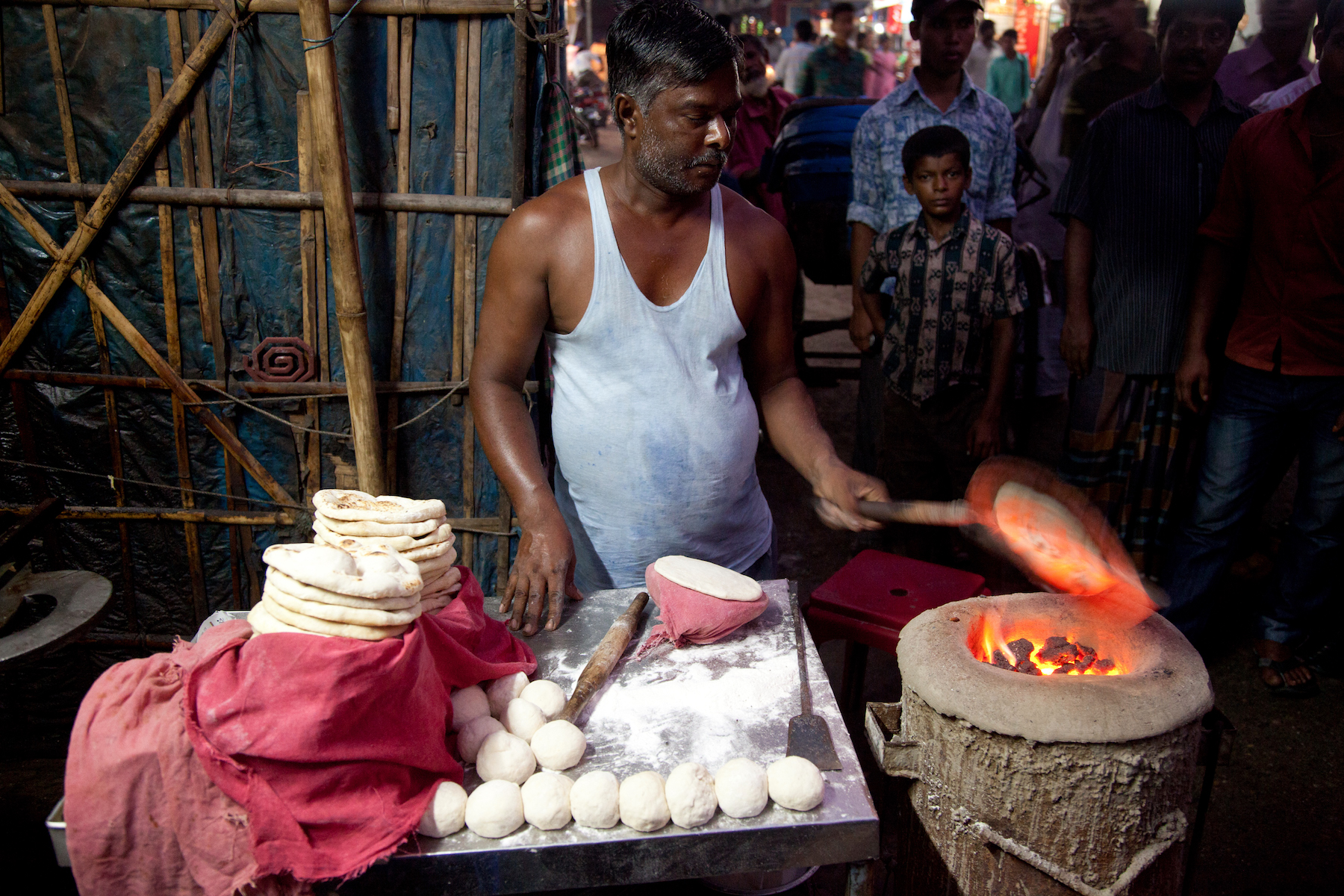
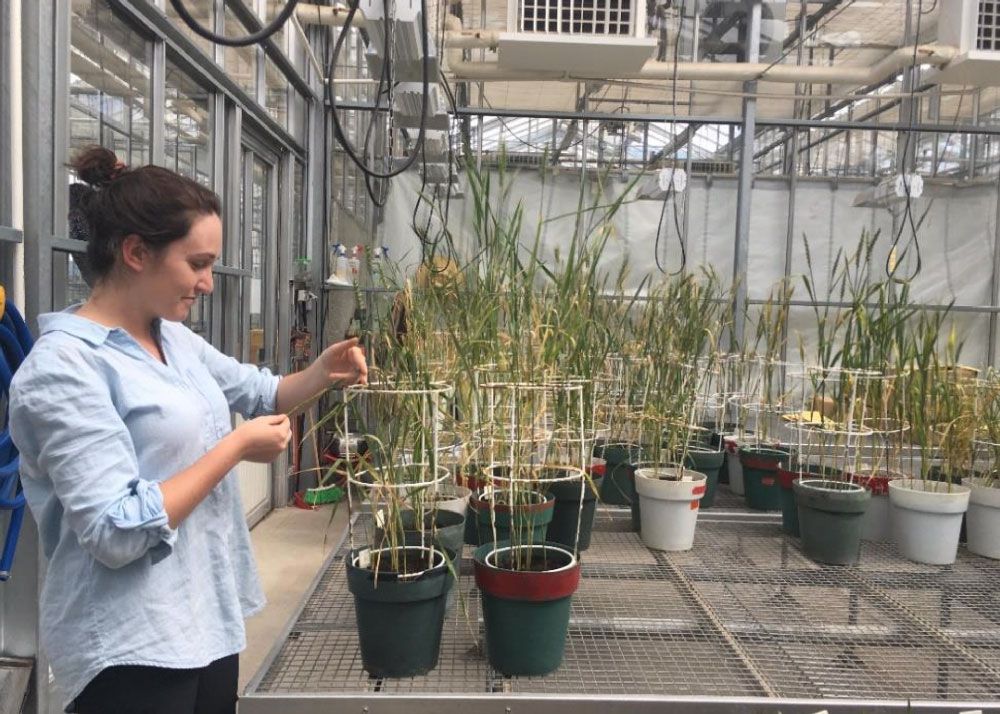
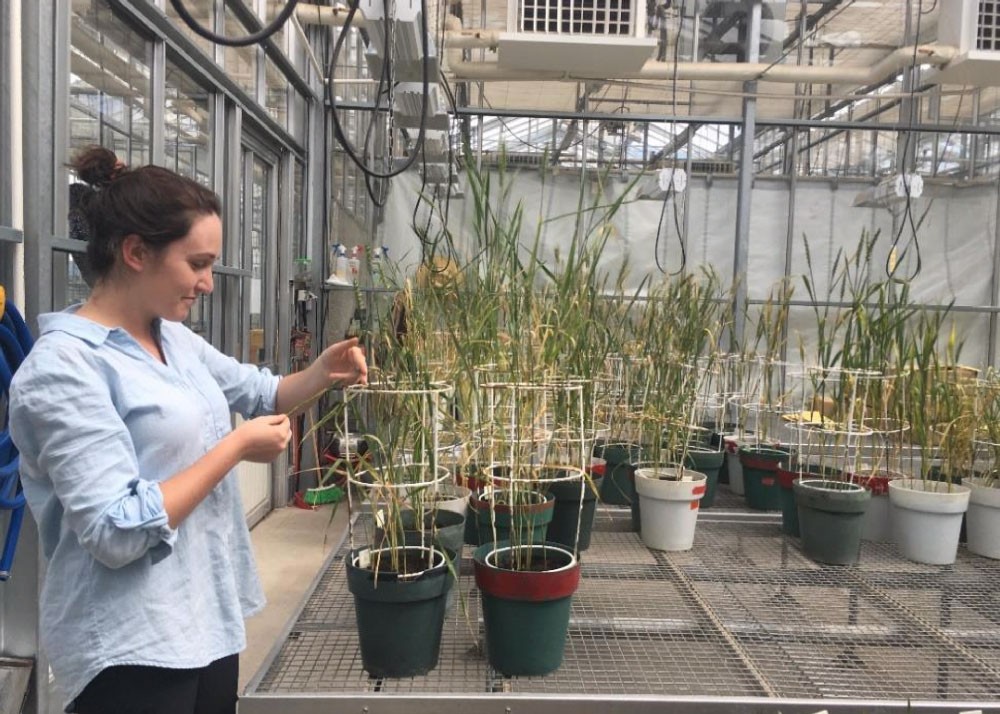
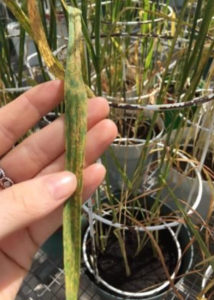
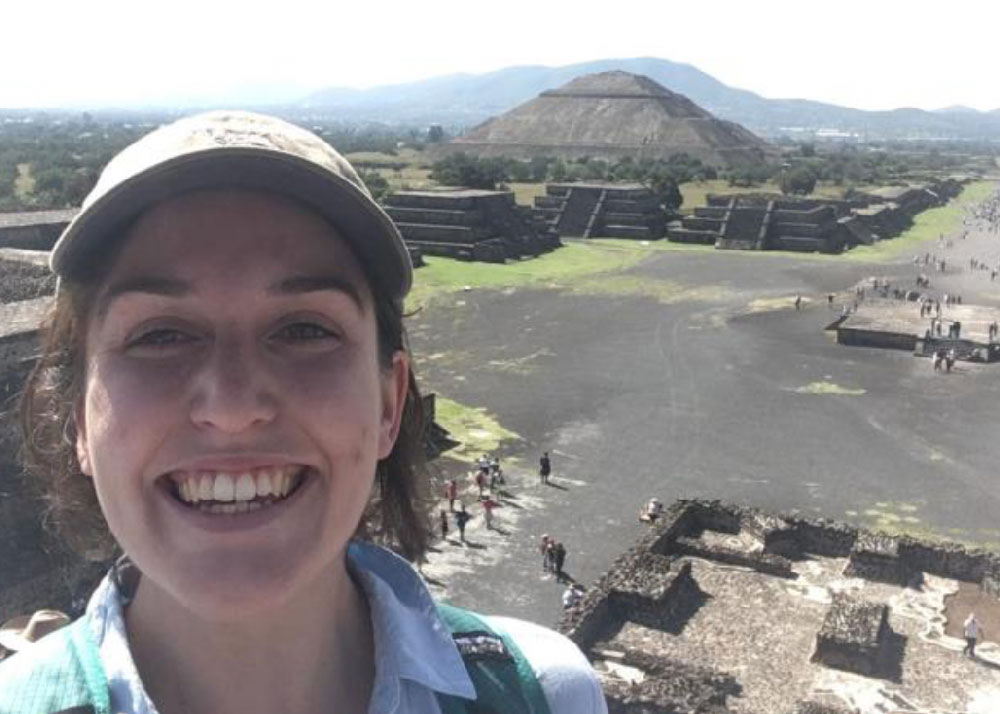
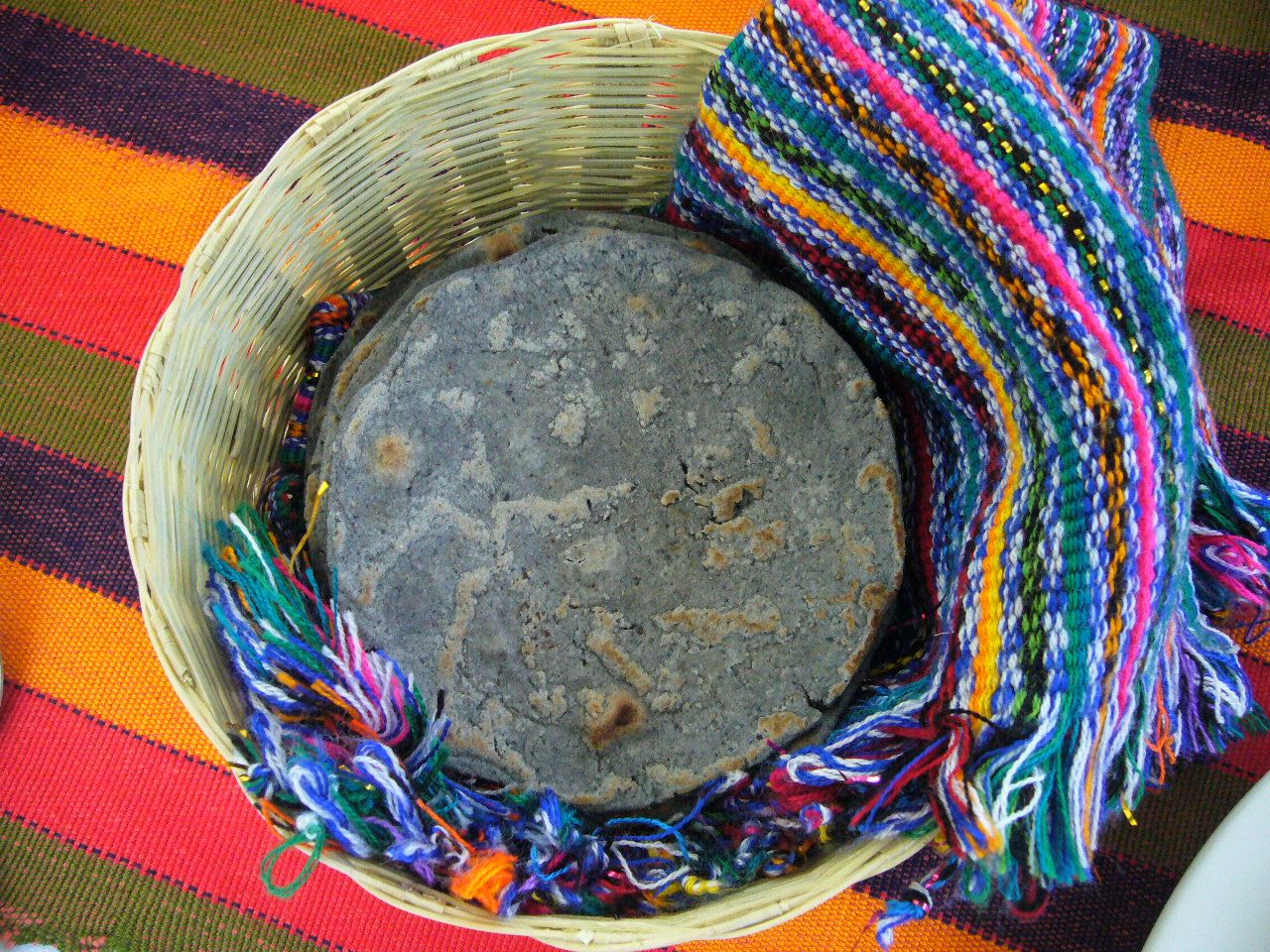
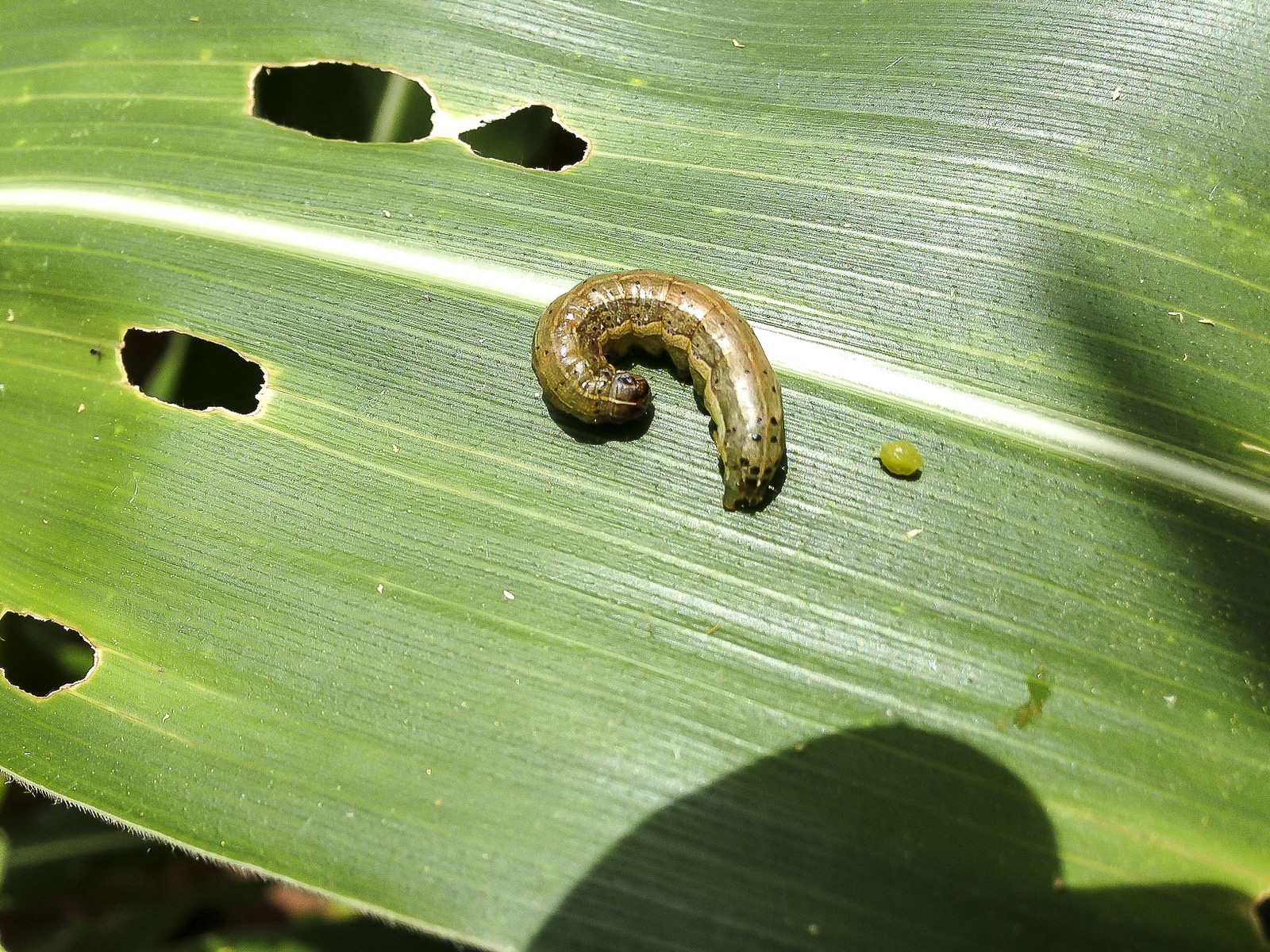
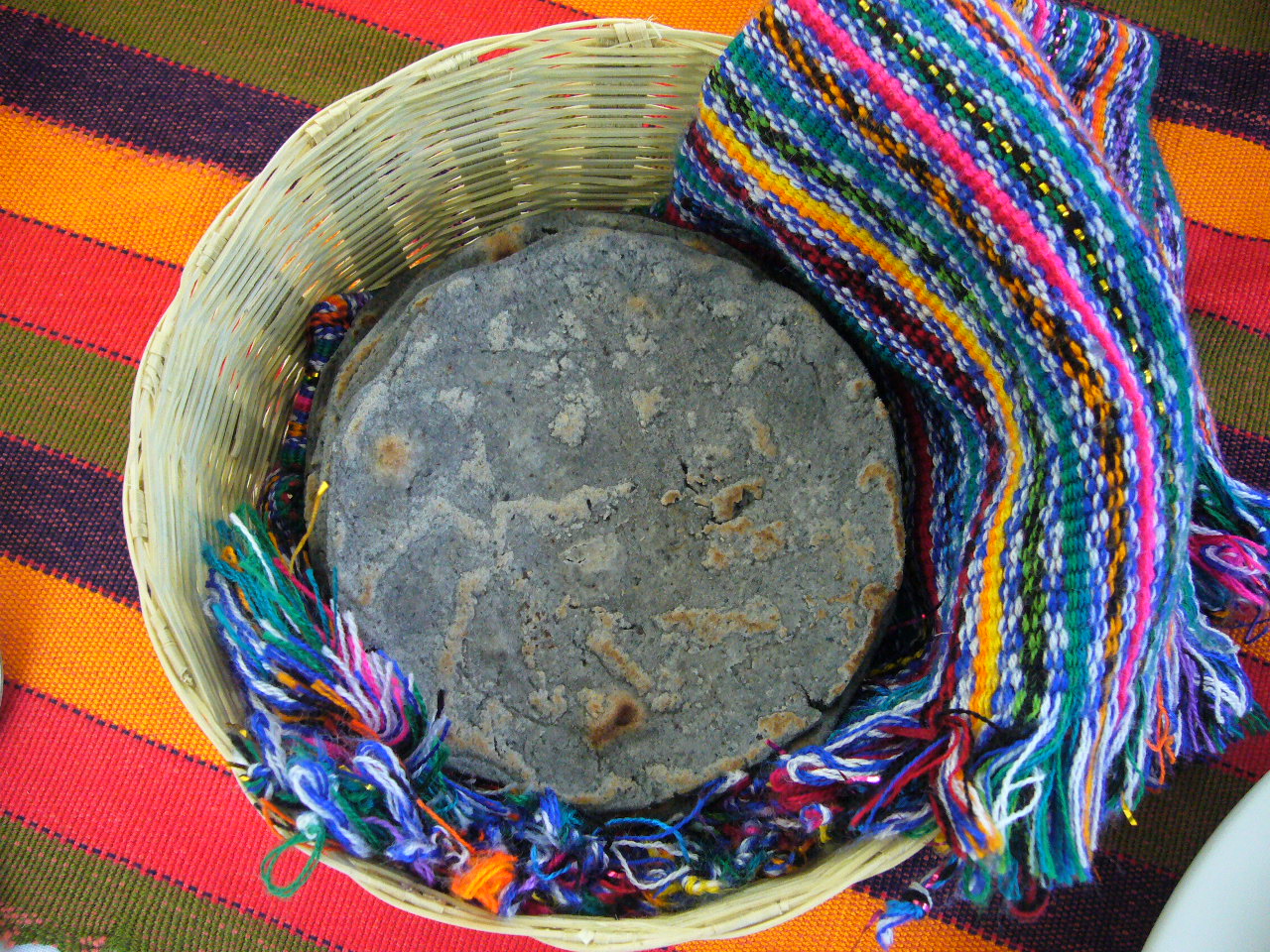
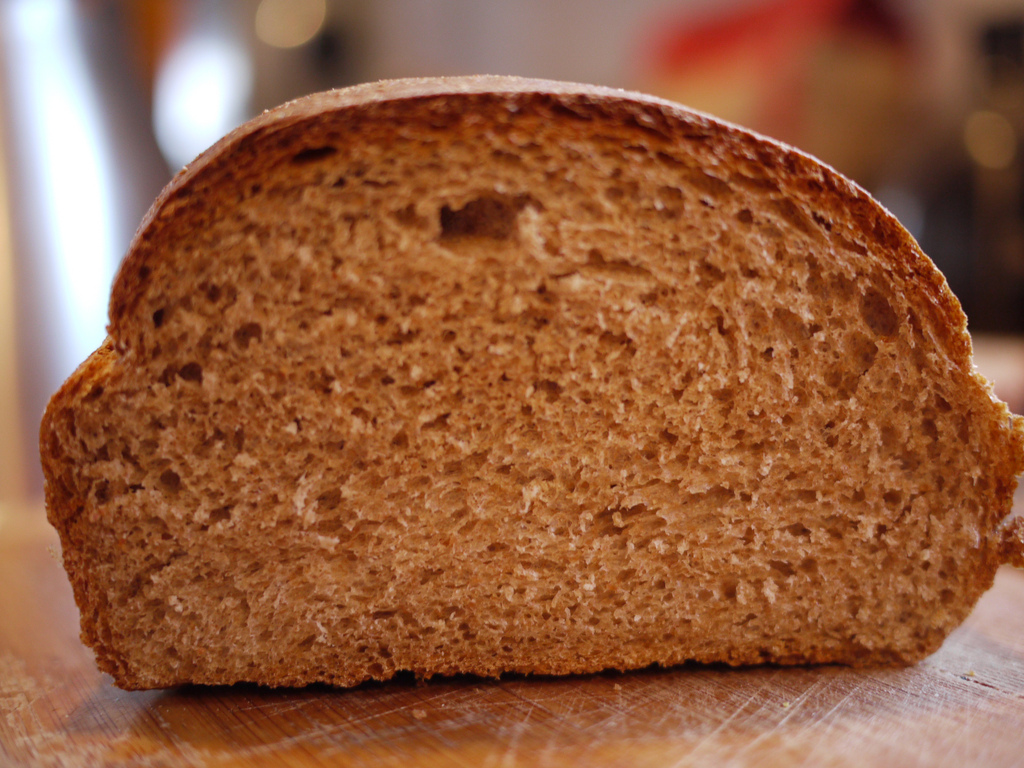
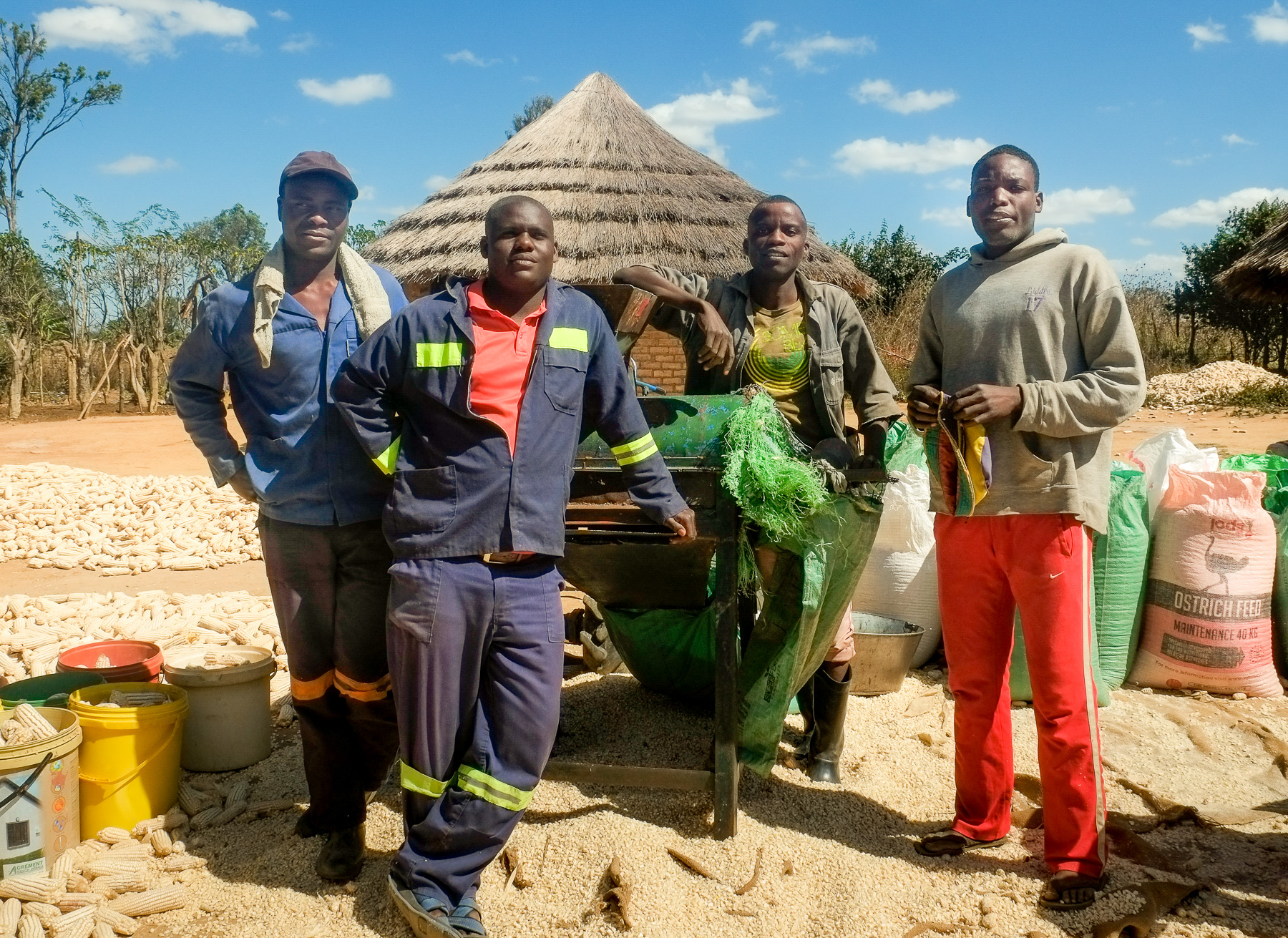
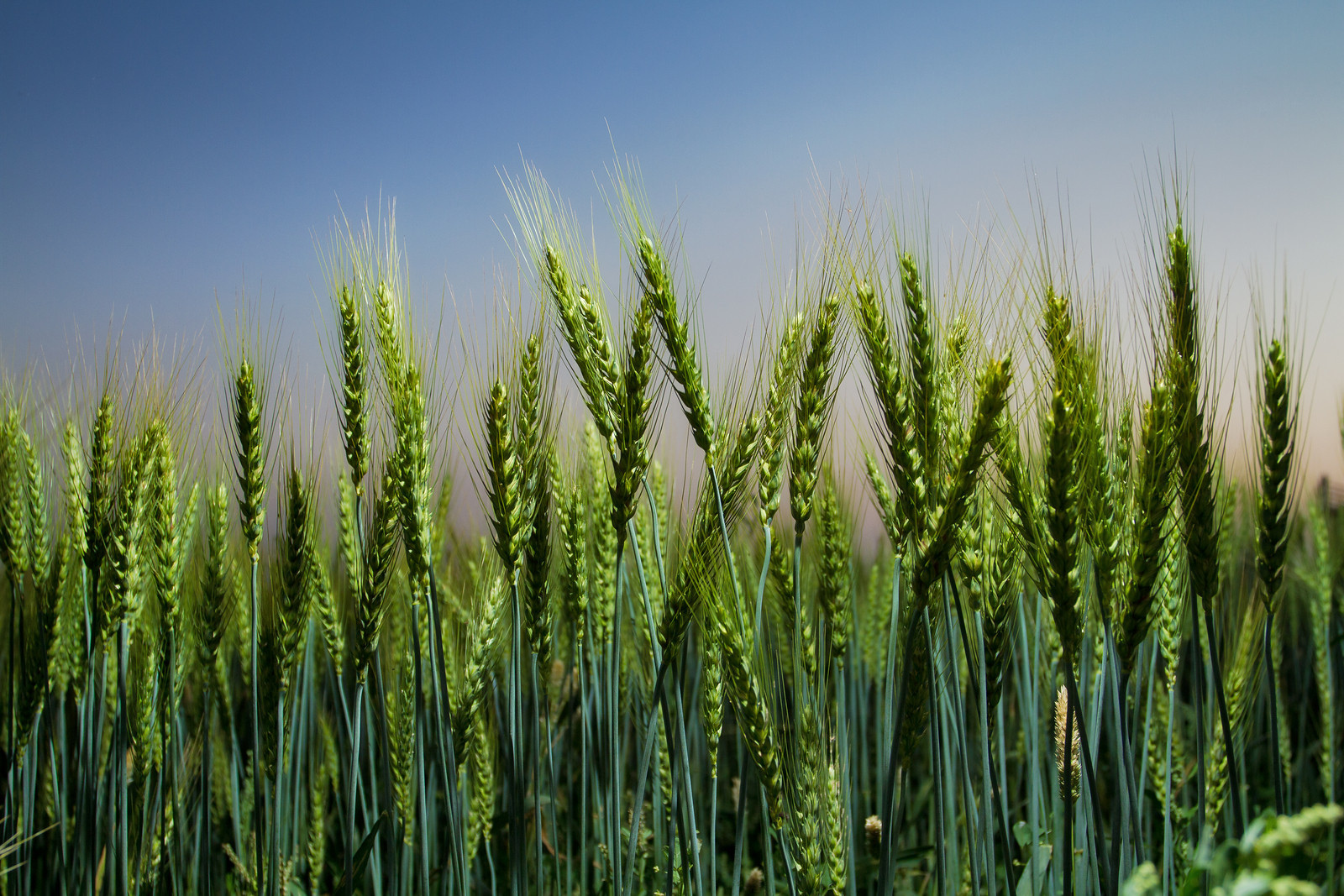
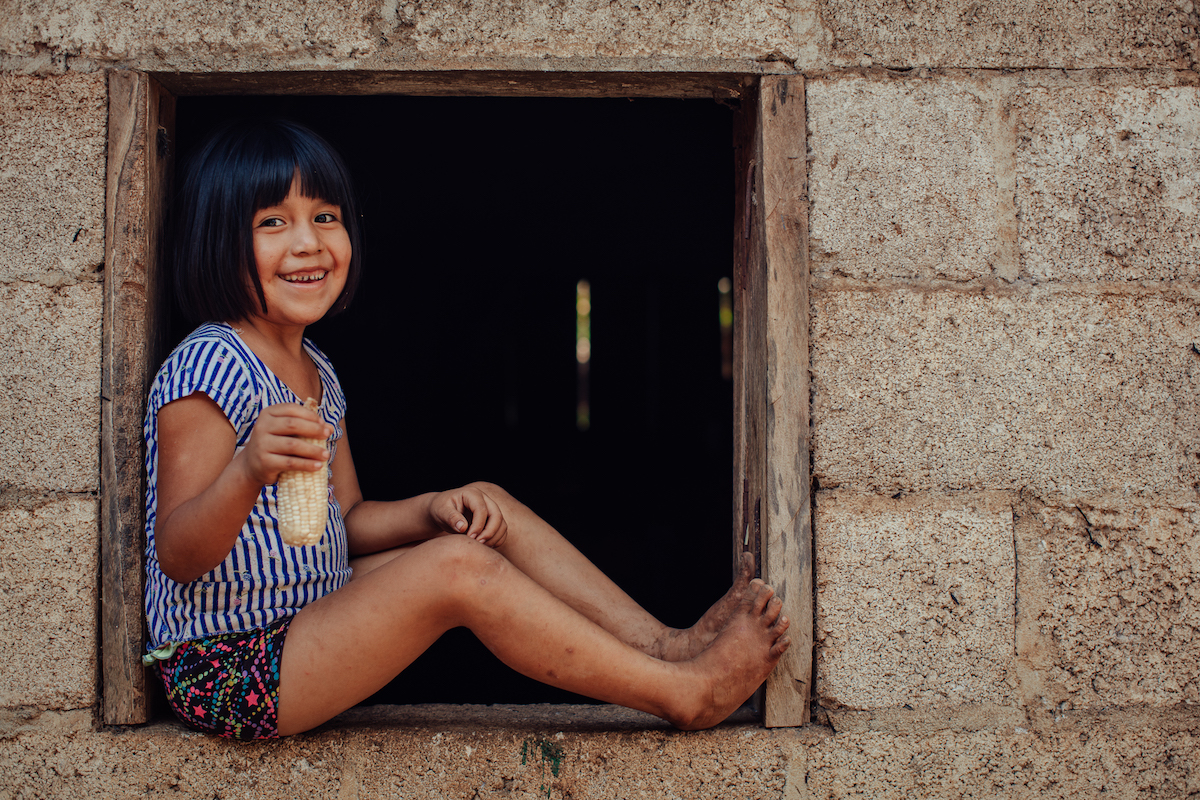

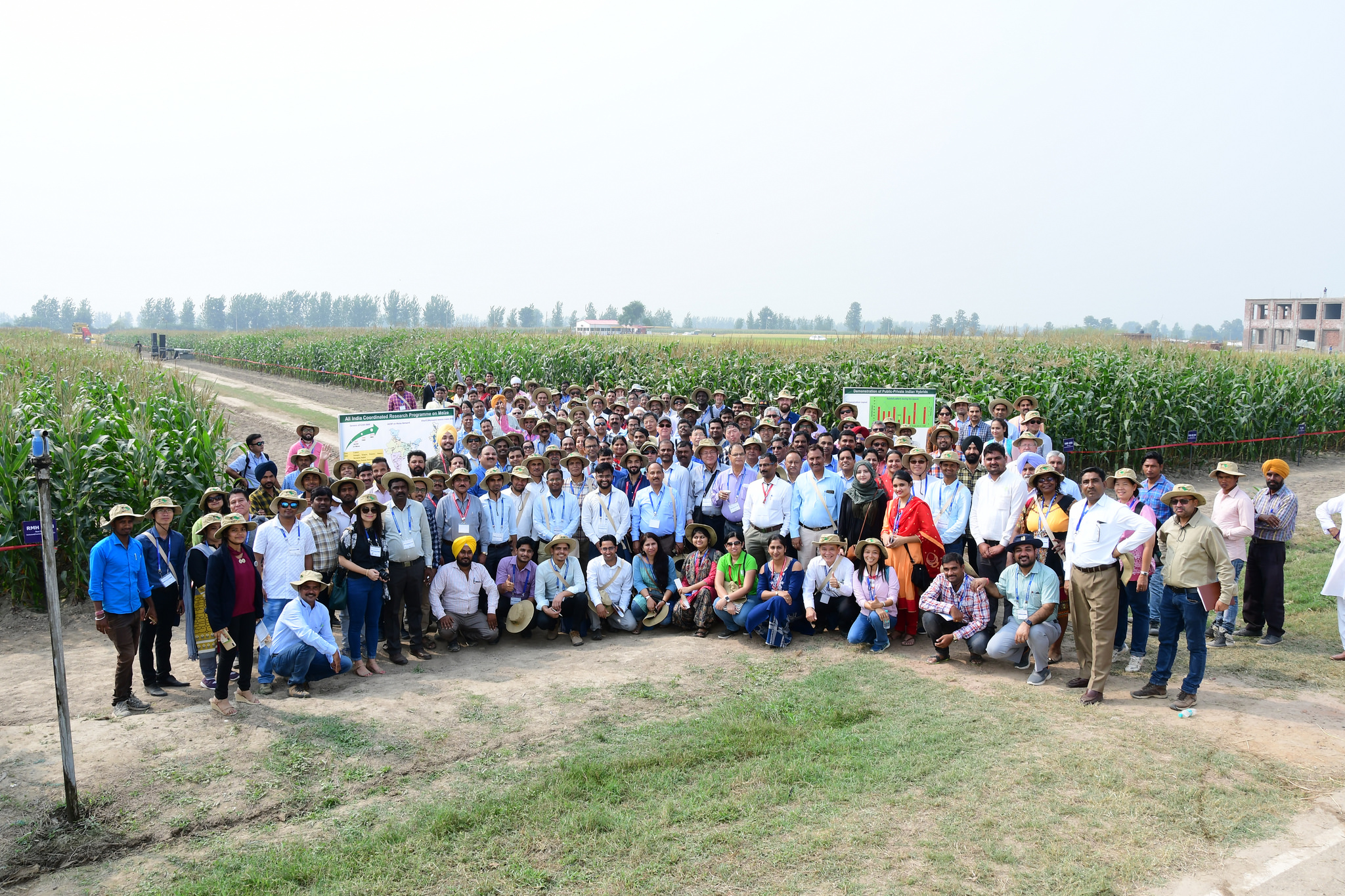
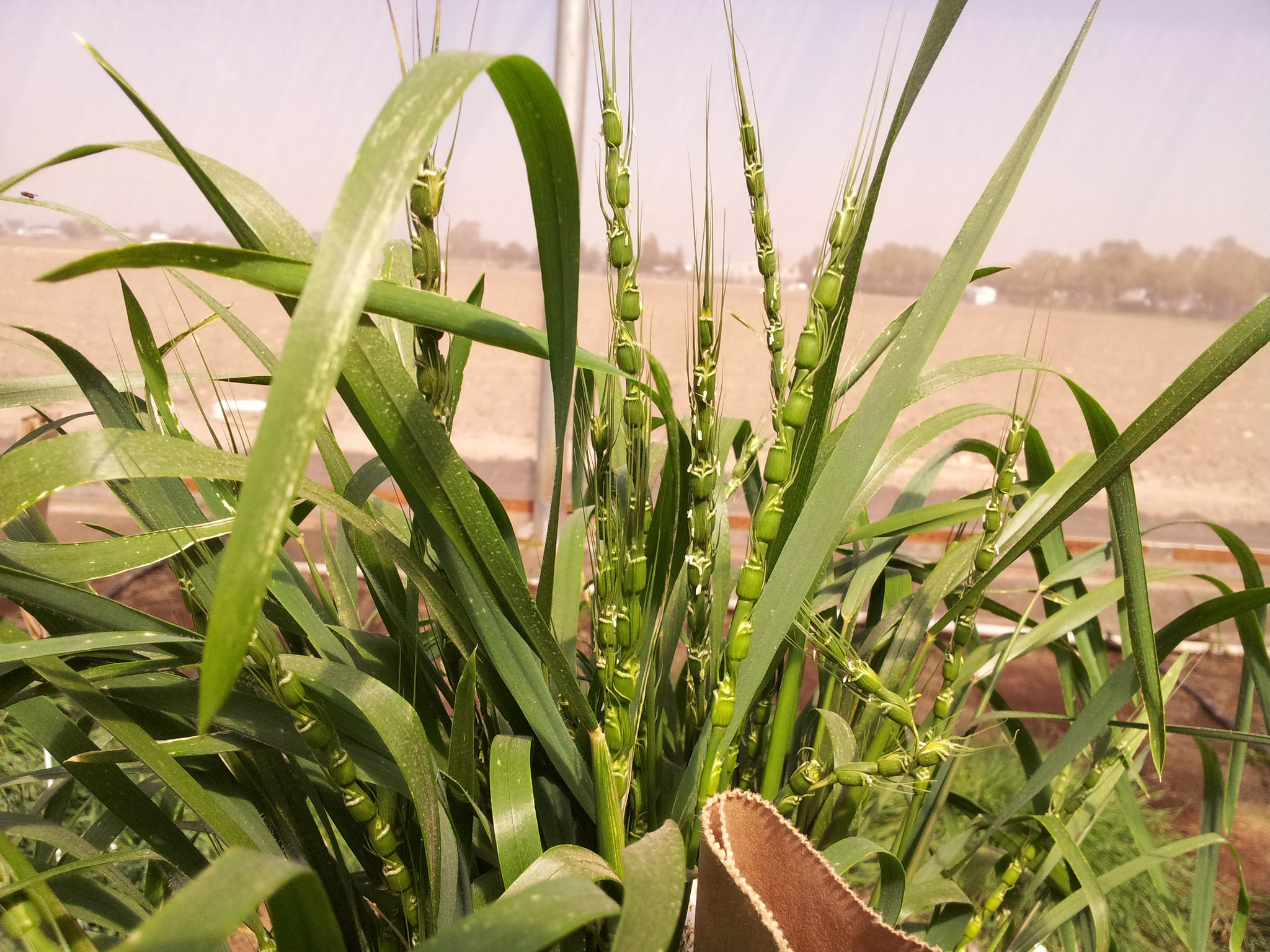
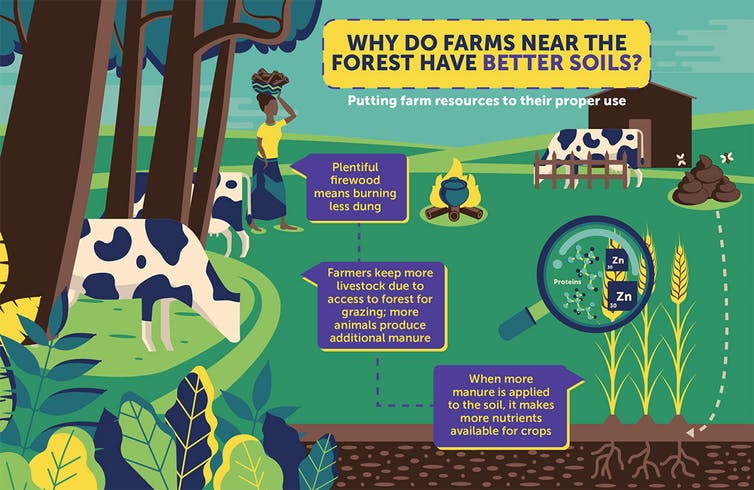
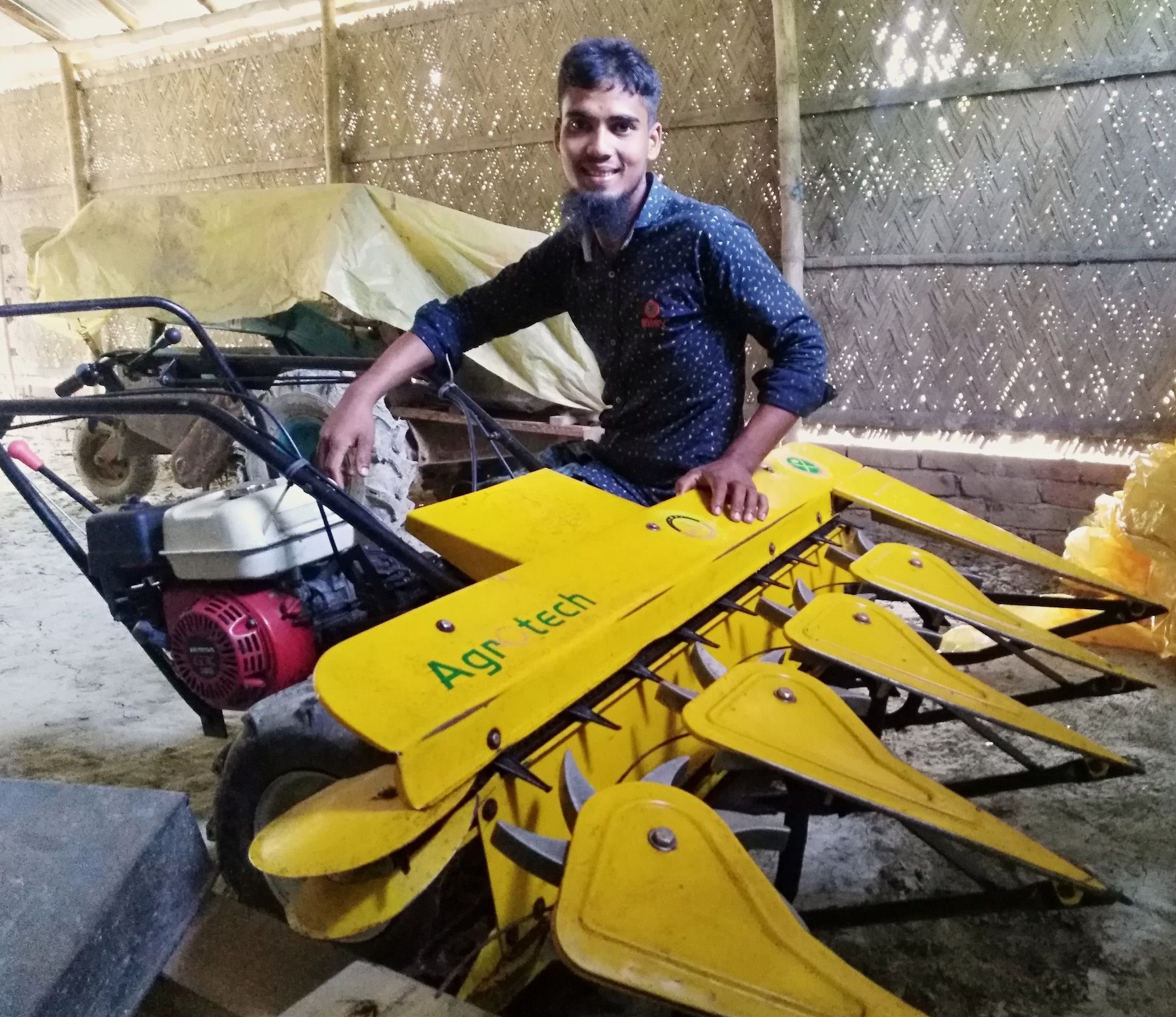
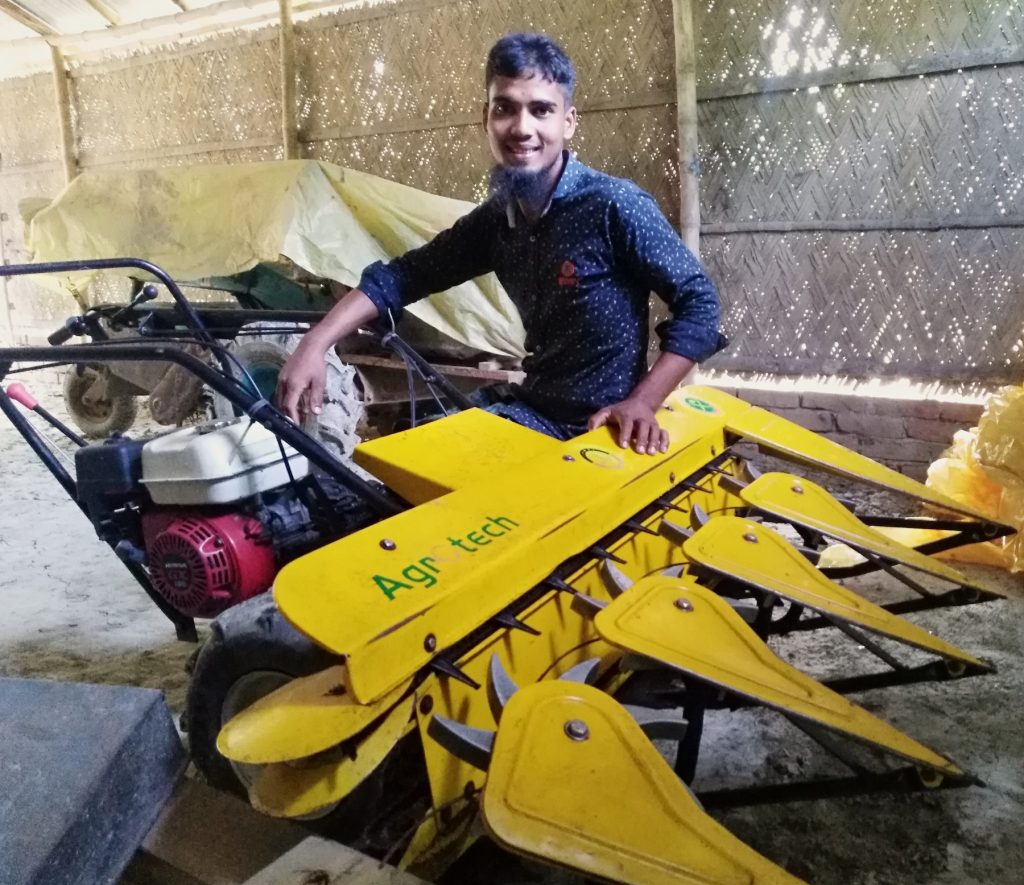
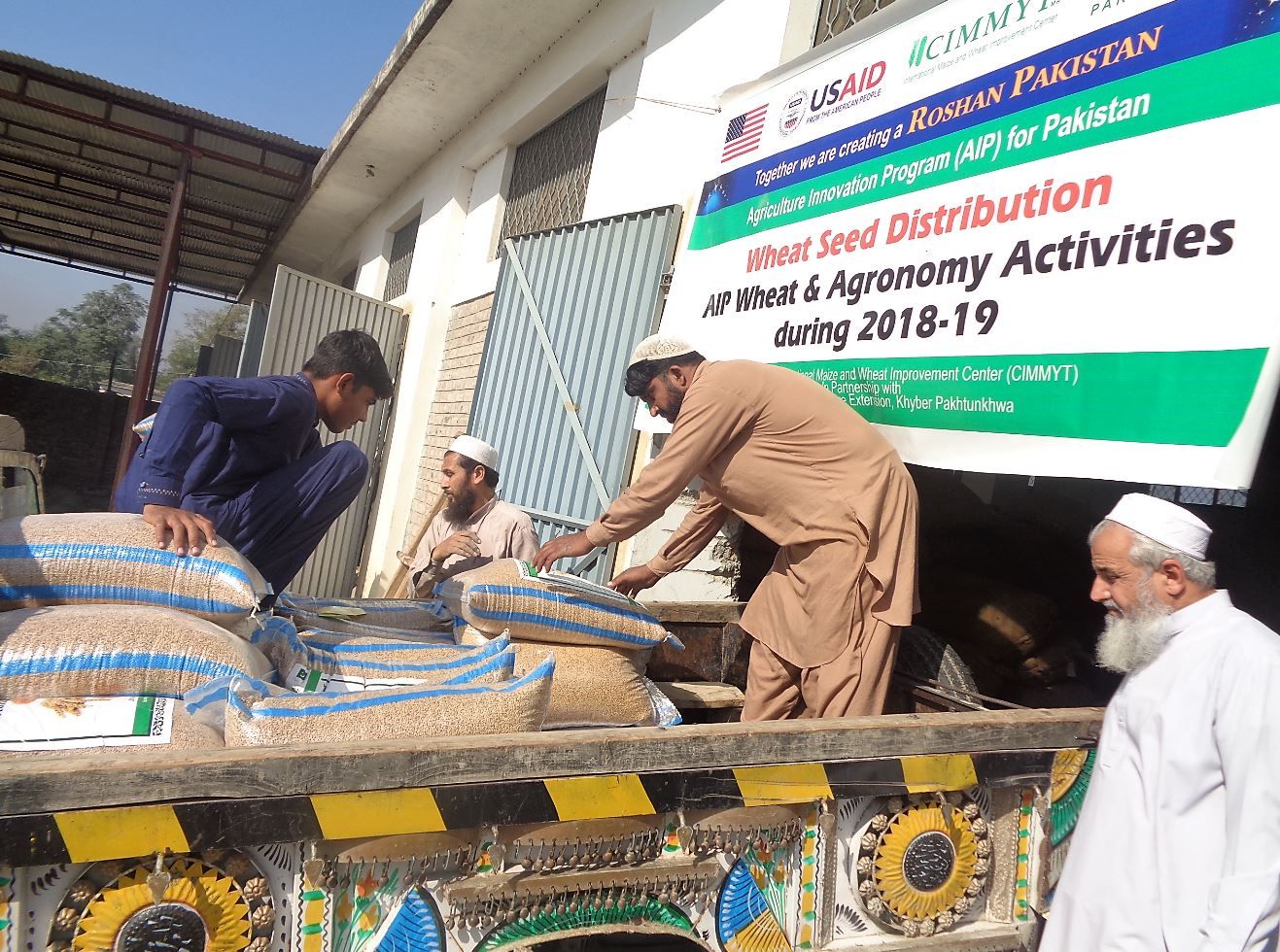
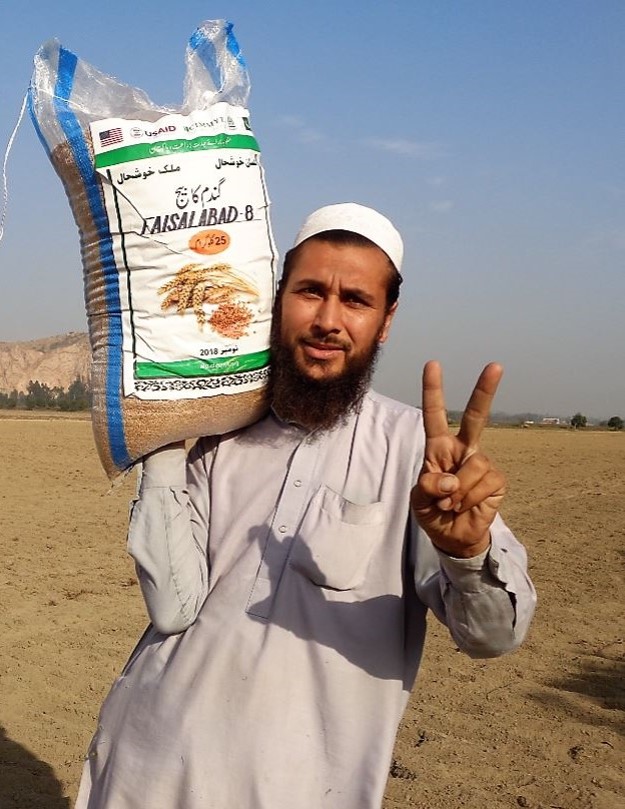
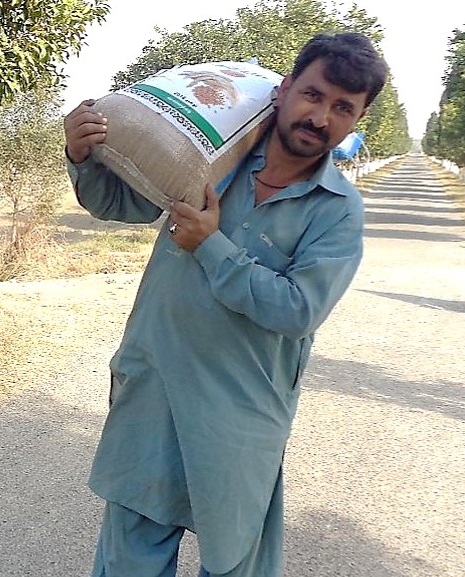
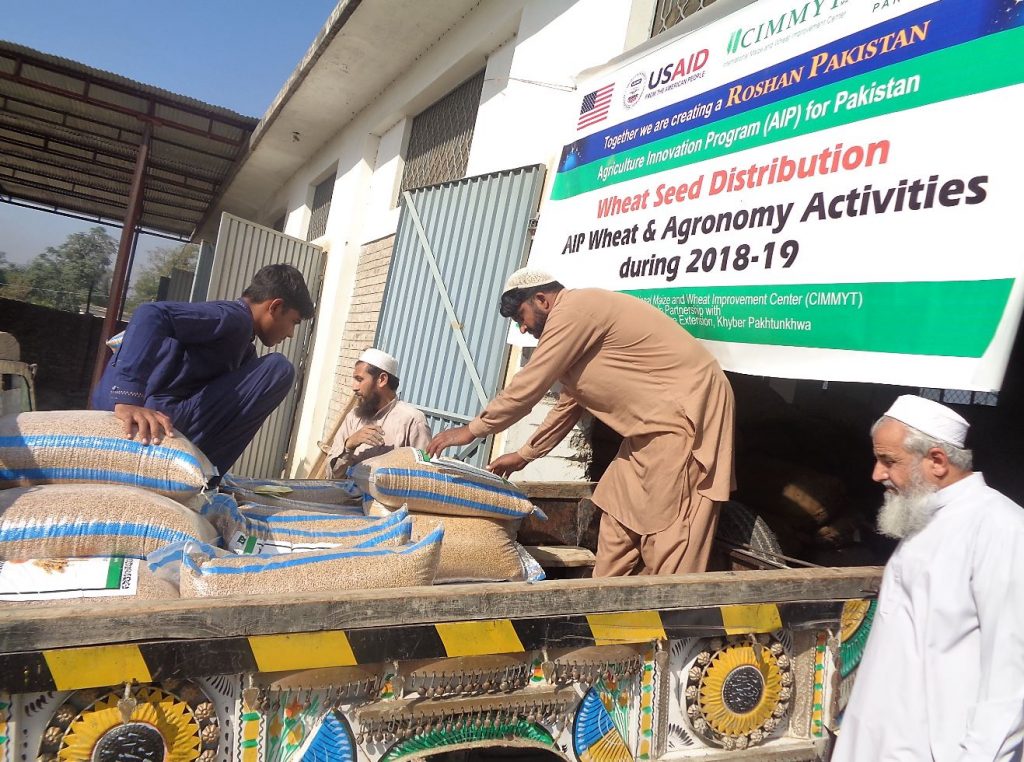
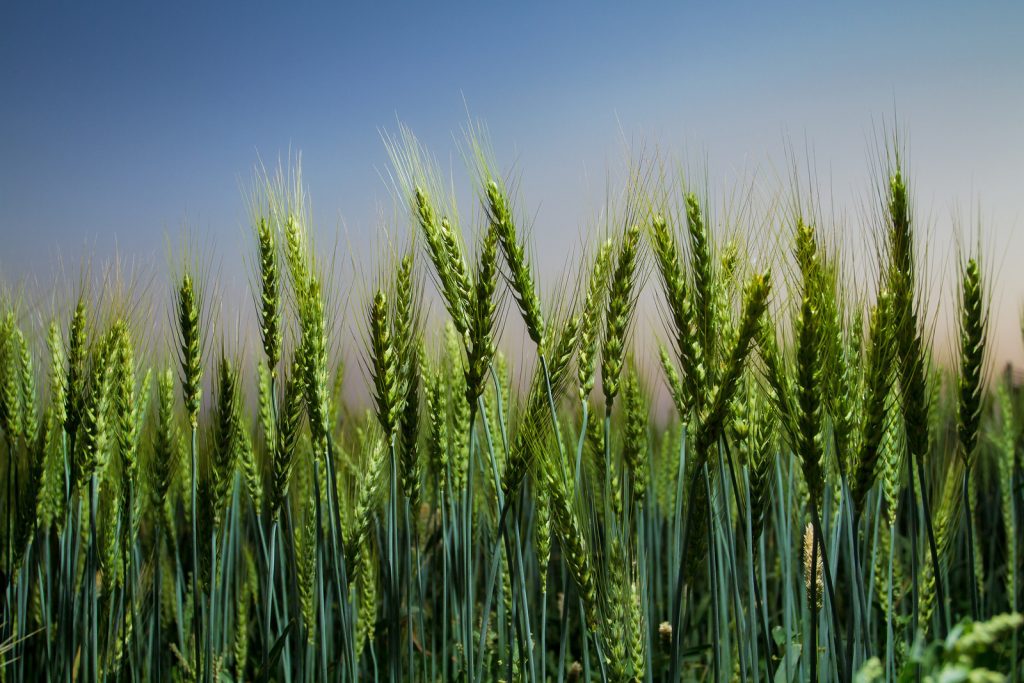
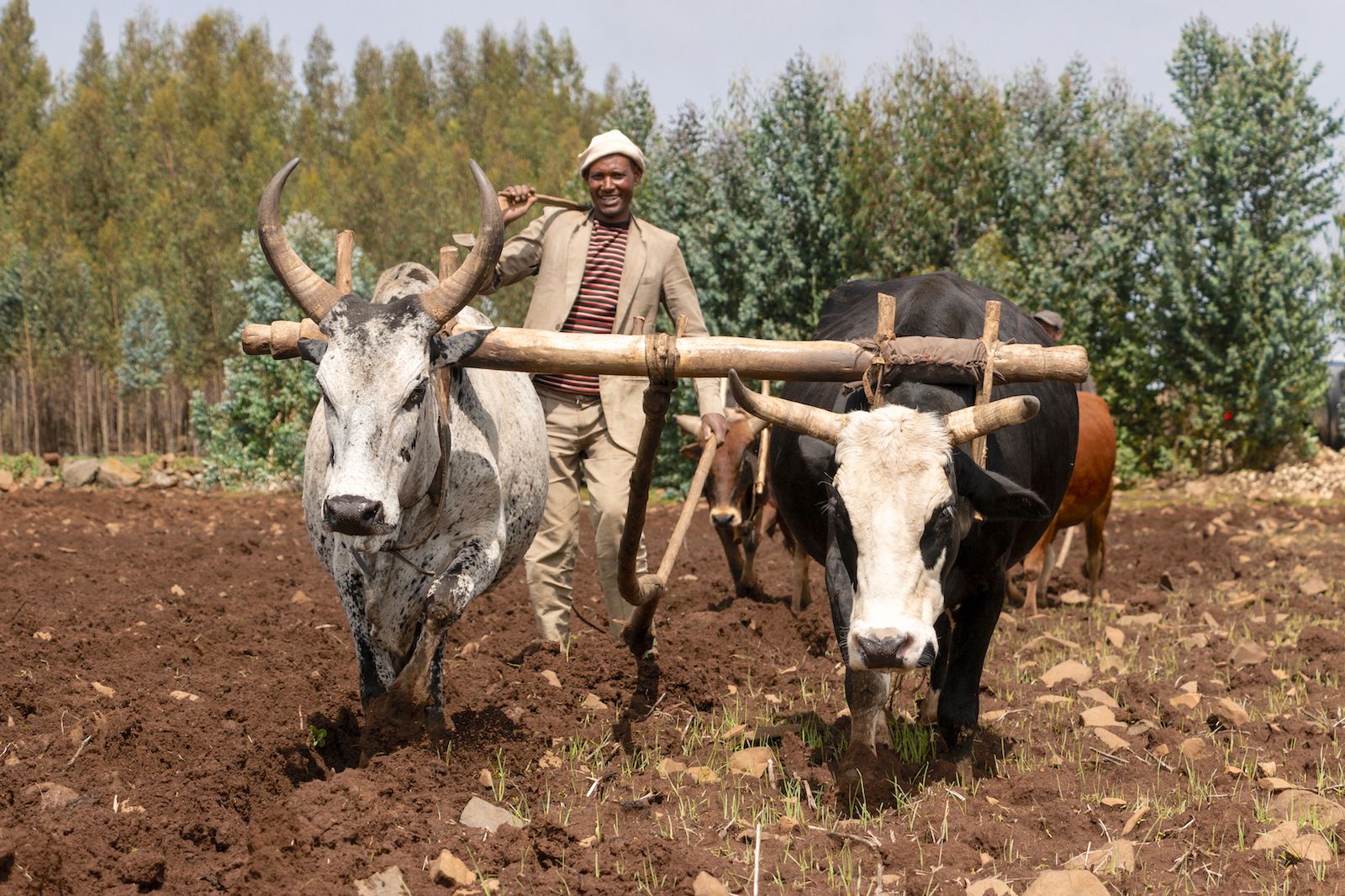
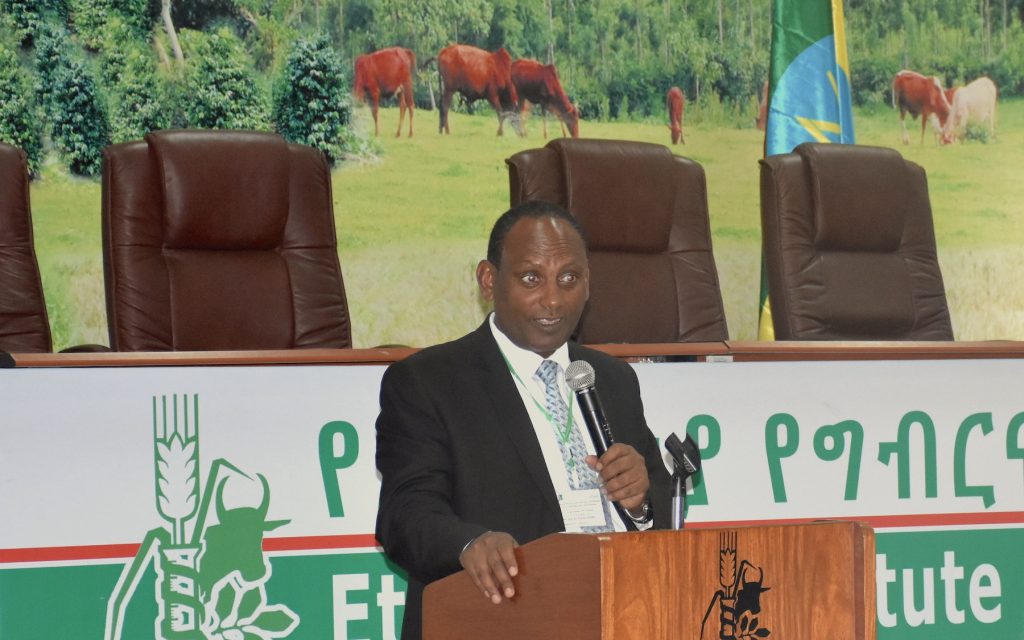
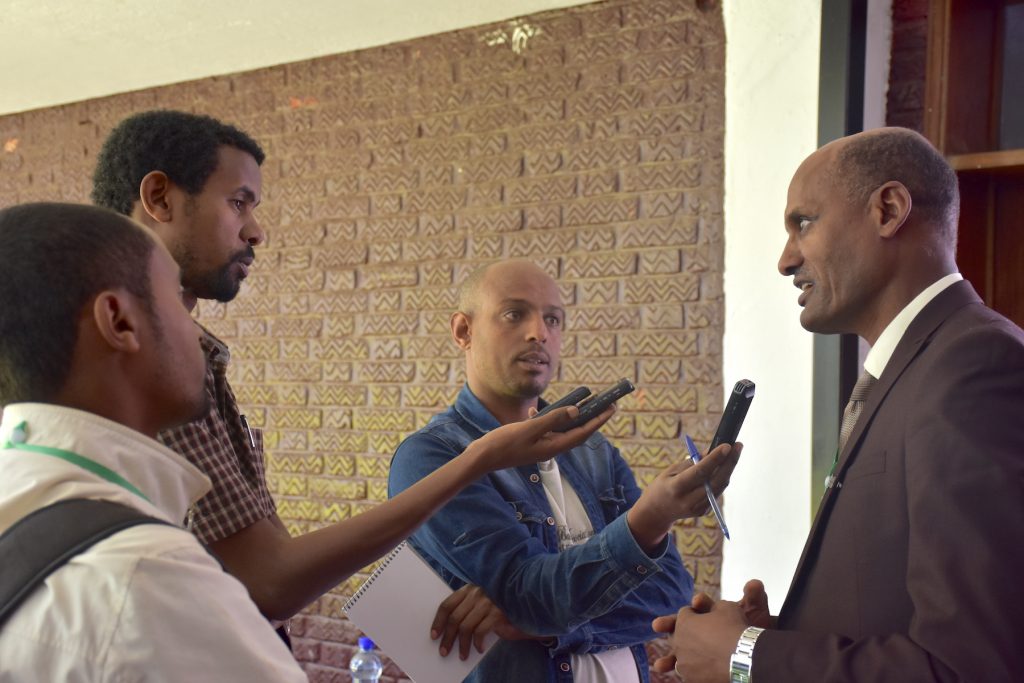
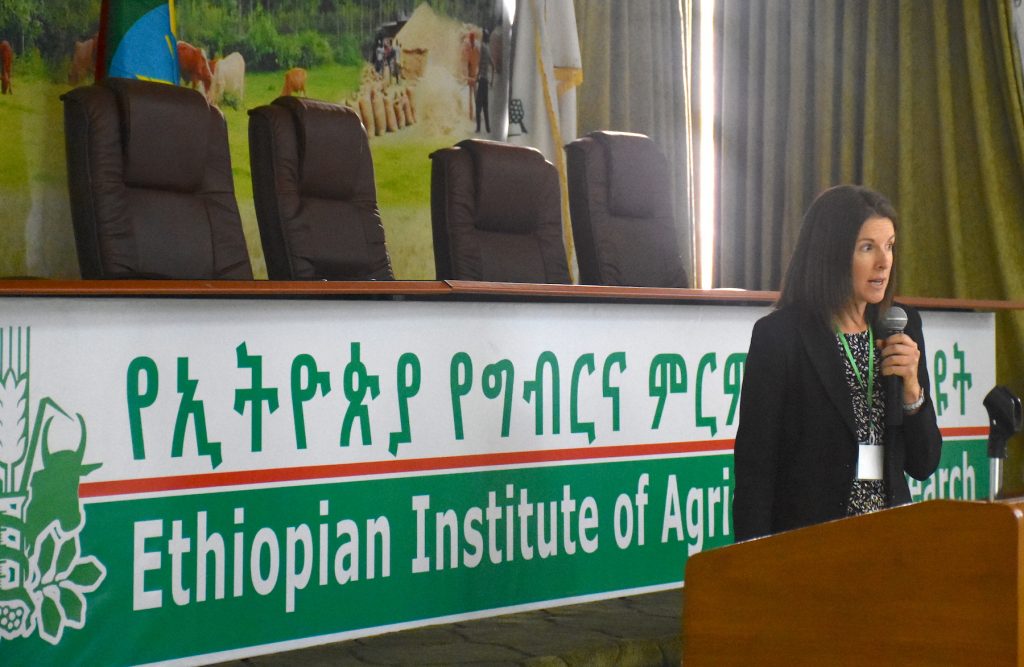
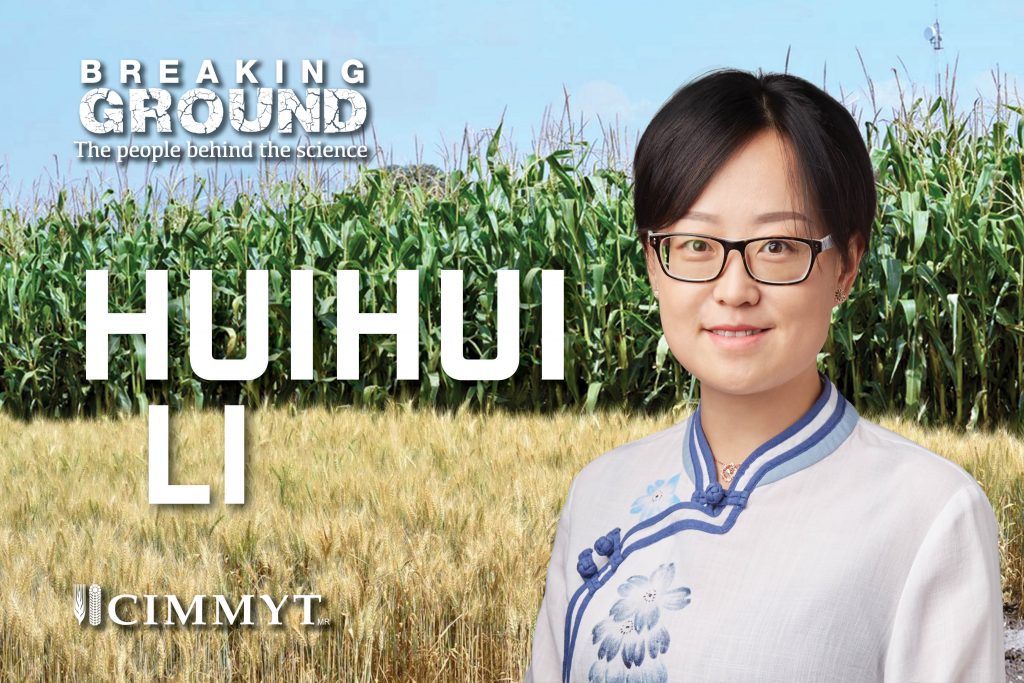
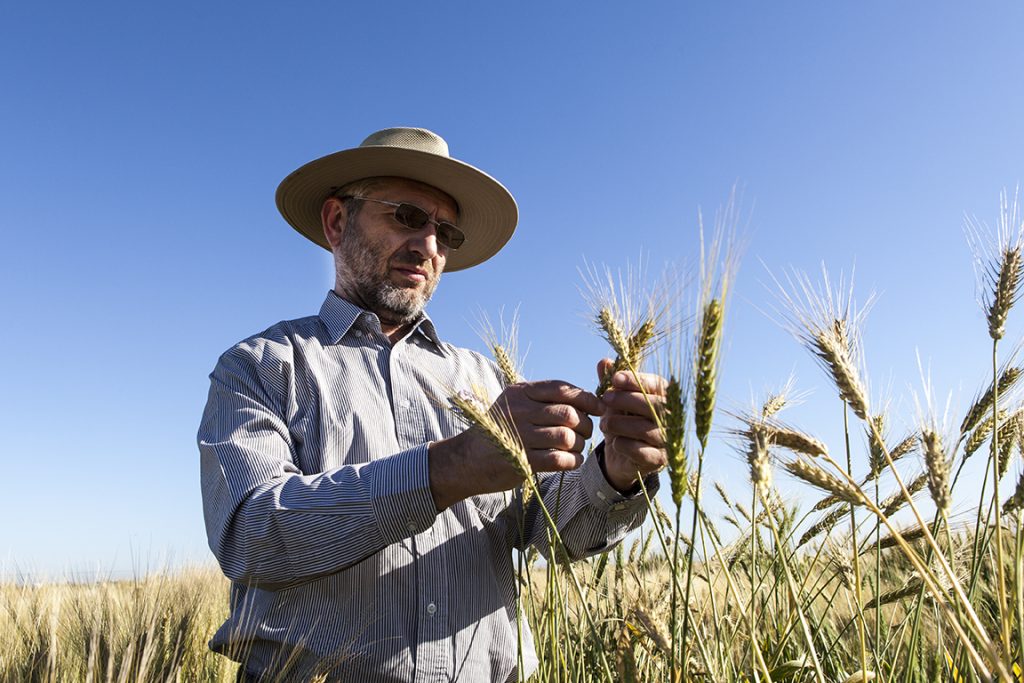
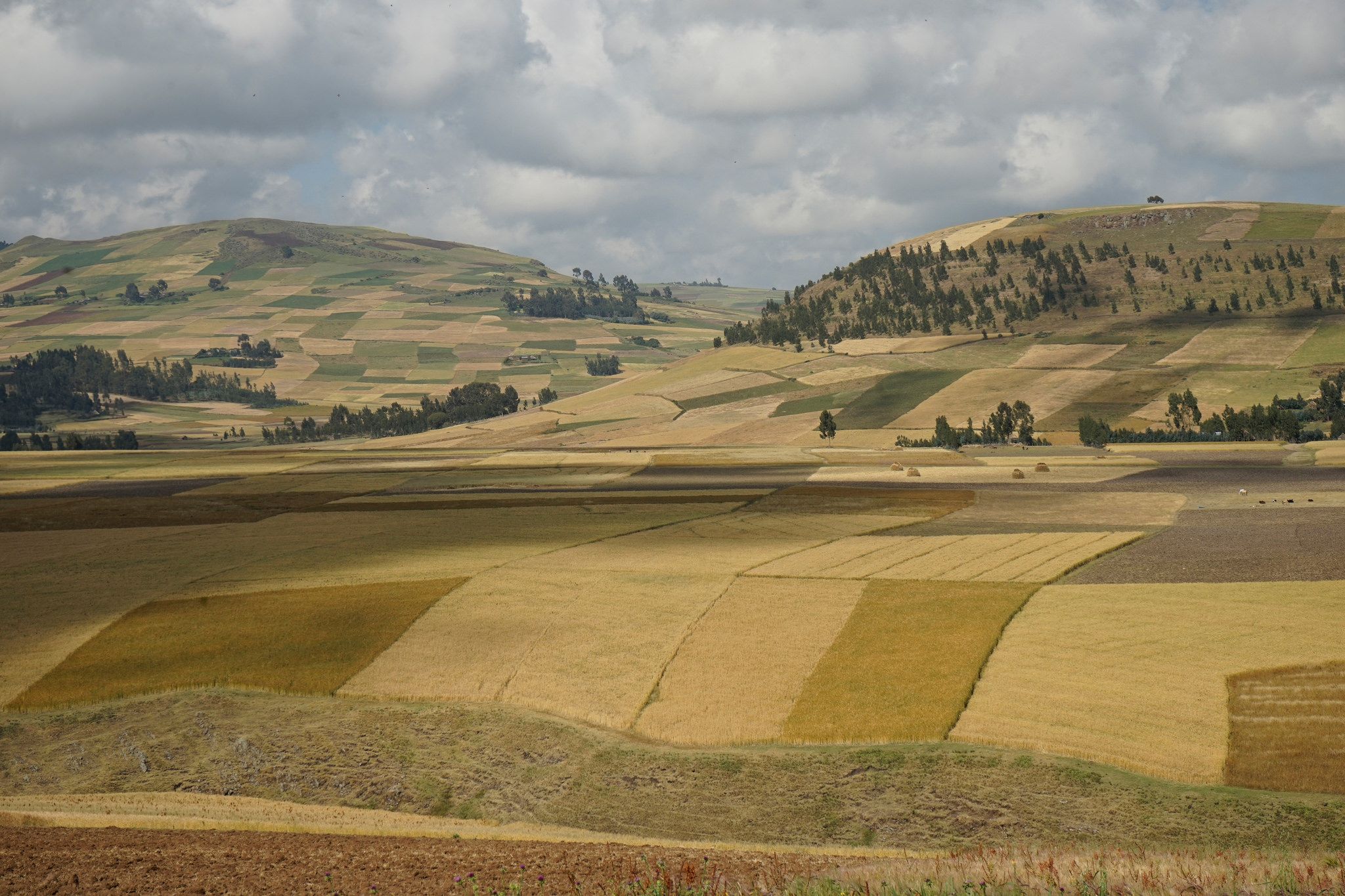
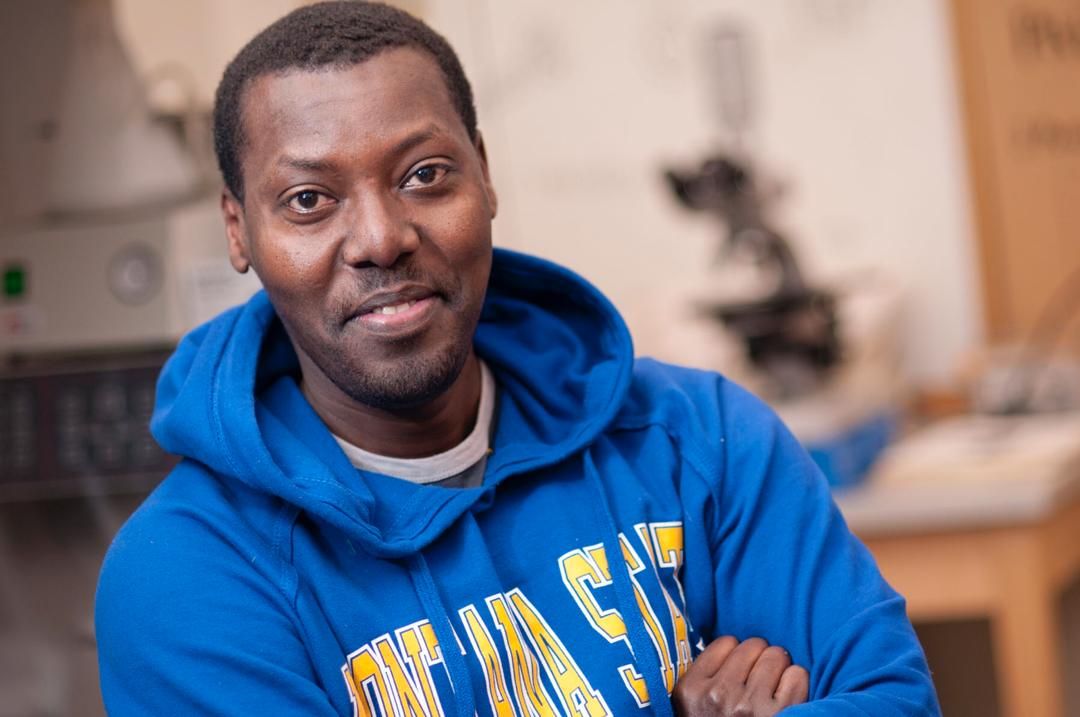
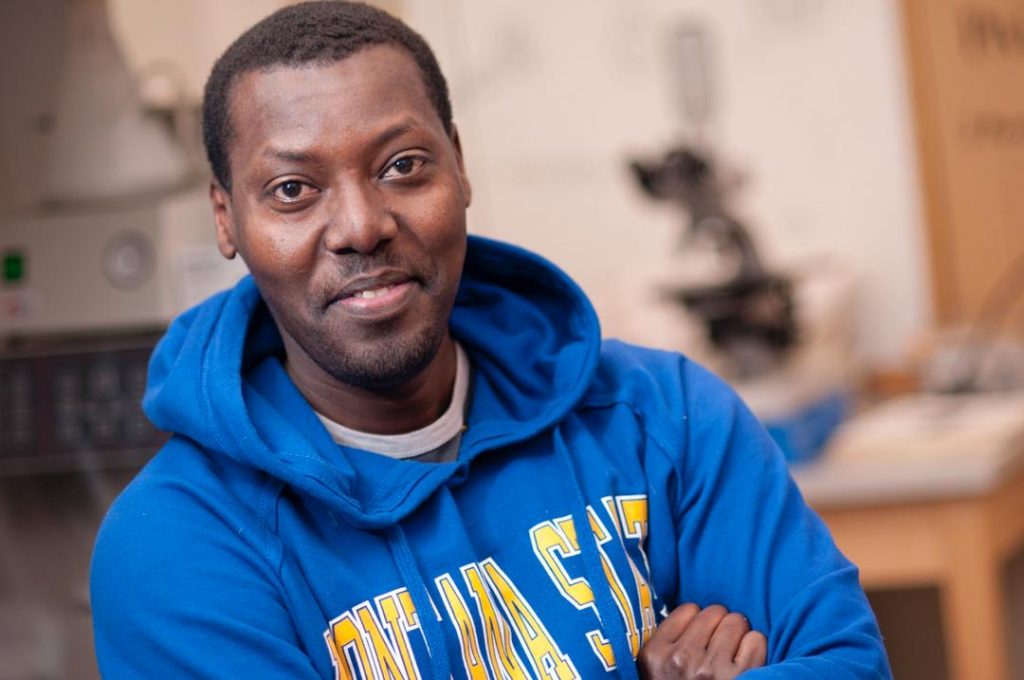
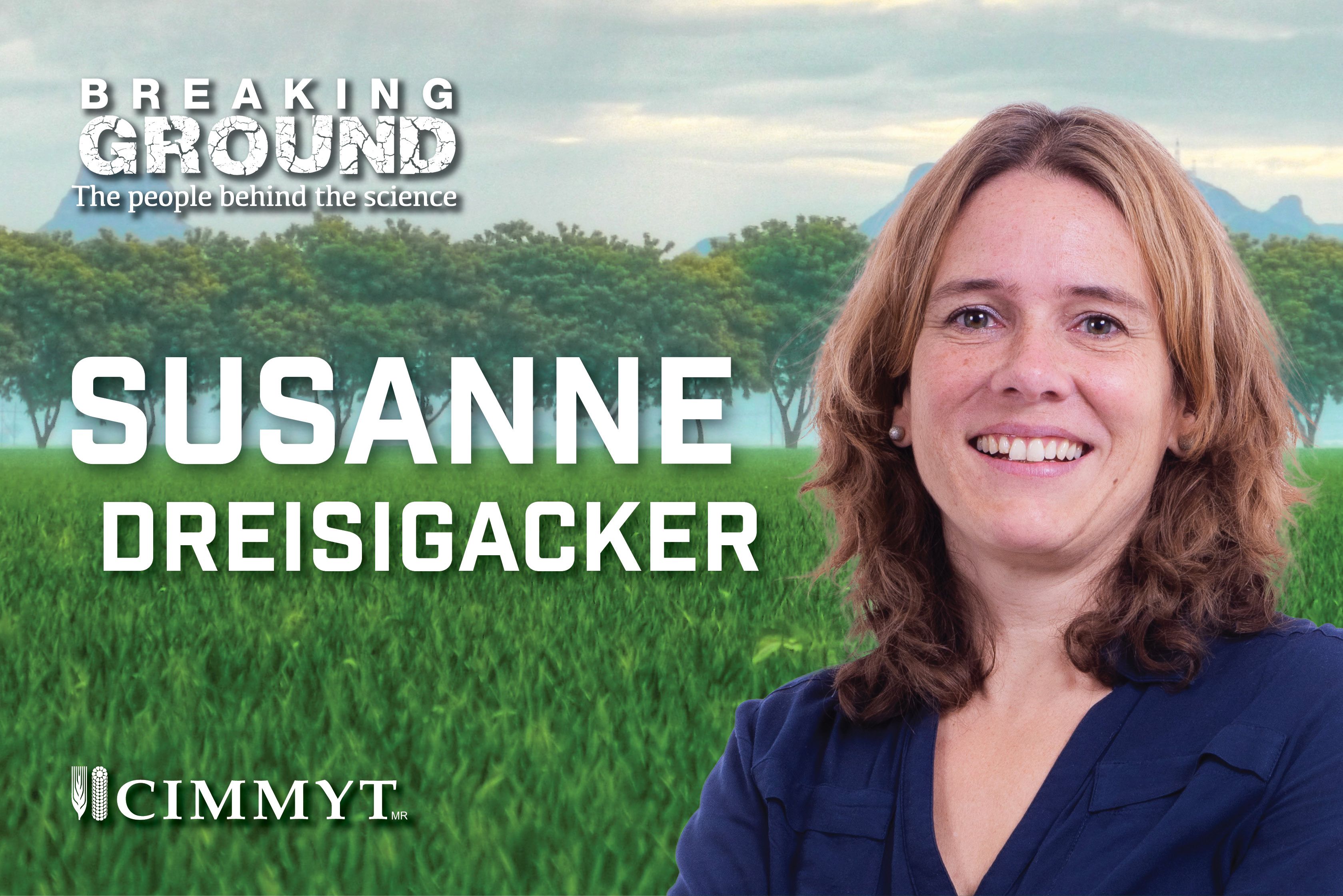
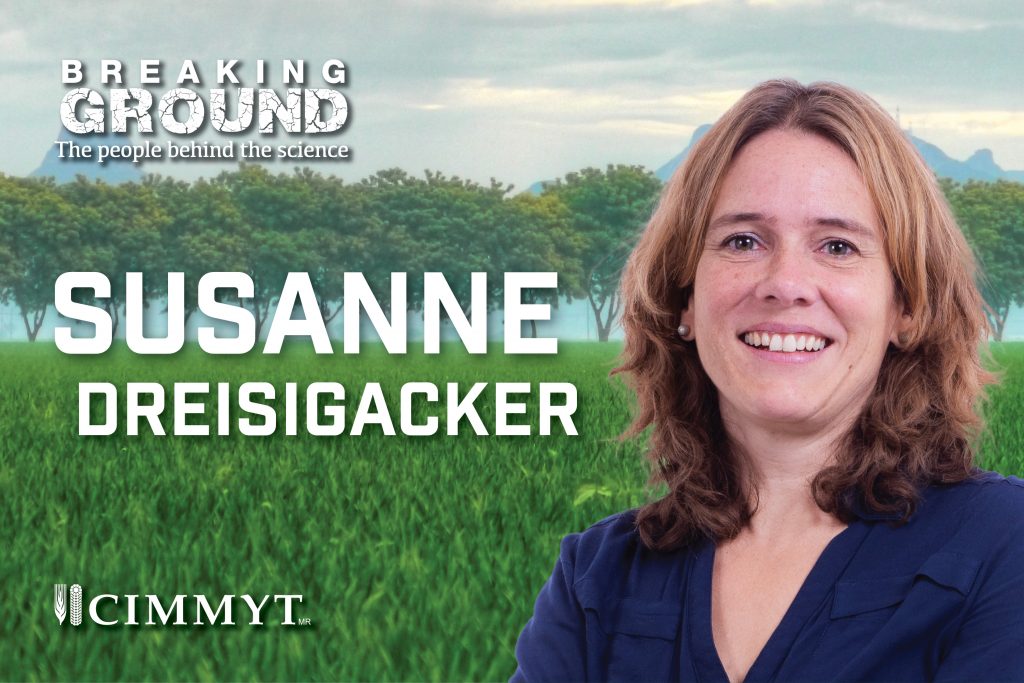 EL BATAN, Mexico (CIMMYT) — Through pure coincidence, Susanne Dreisigacker fell into the world of agricultural science and landed in Mexico. Her interest in genetics and biology solidified when she arrived at the
EL BATAN, Mexico (CIMMYT) — Through pure coincidence, Susanne Dreisigacker fell into the world of agricultural science and landed in Mexico. Her interest in genetics and biology solidified when she arrived at the 